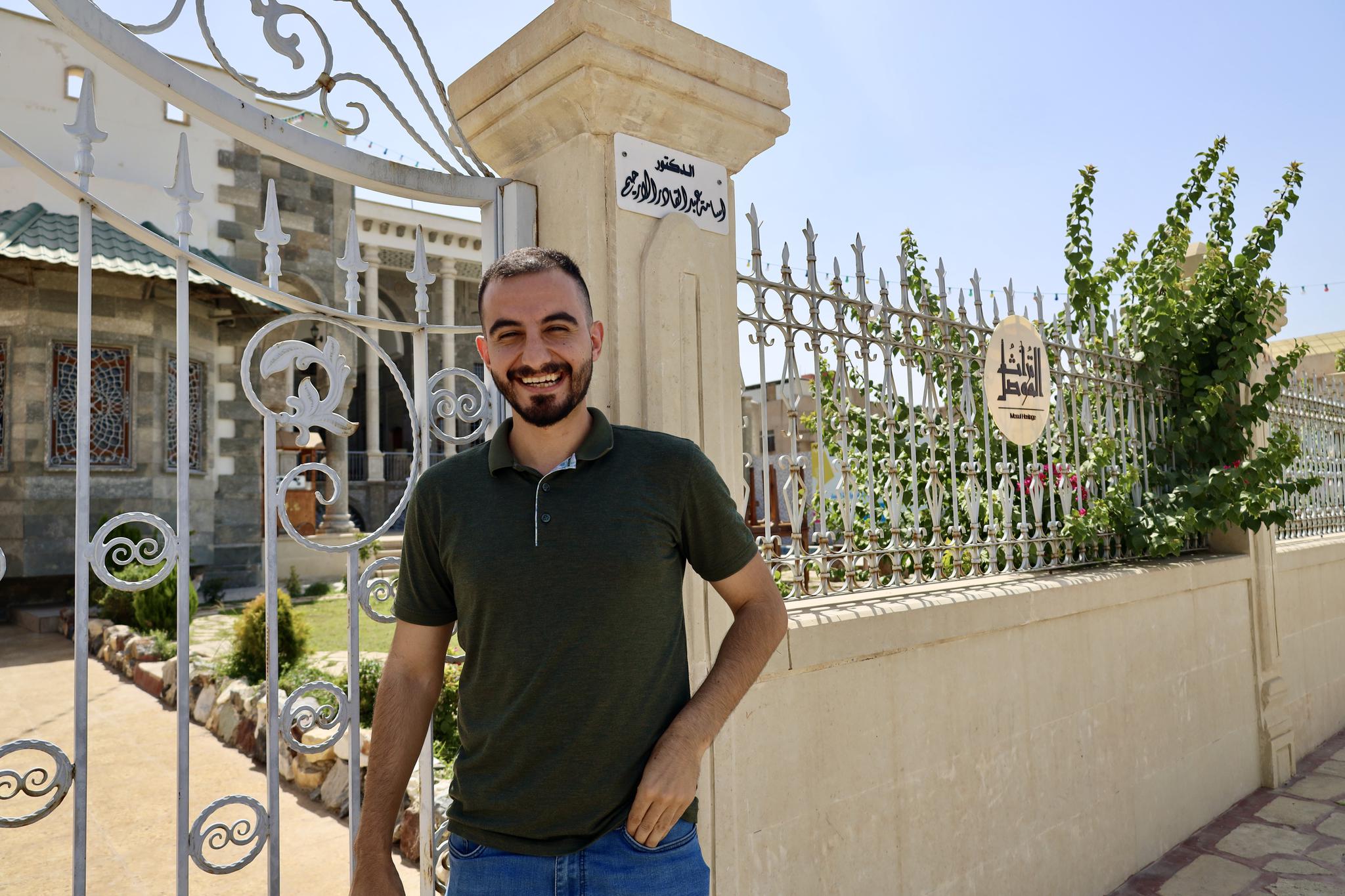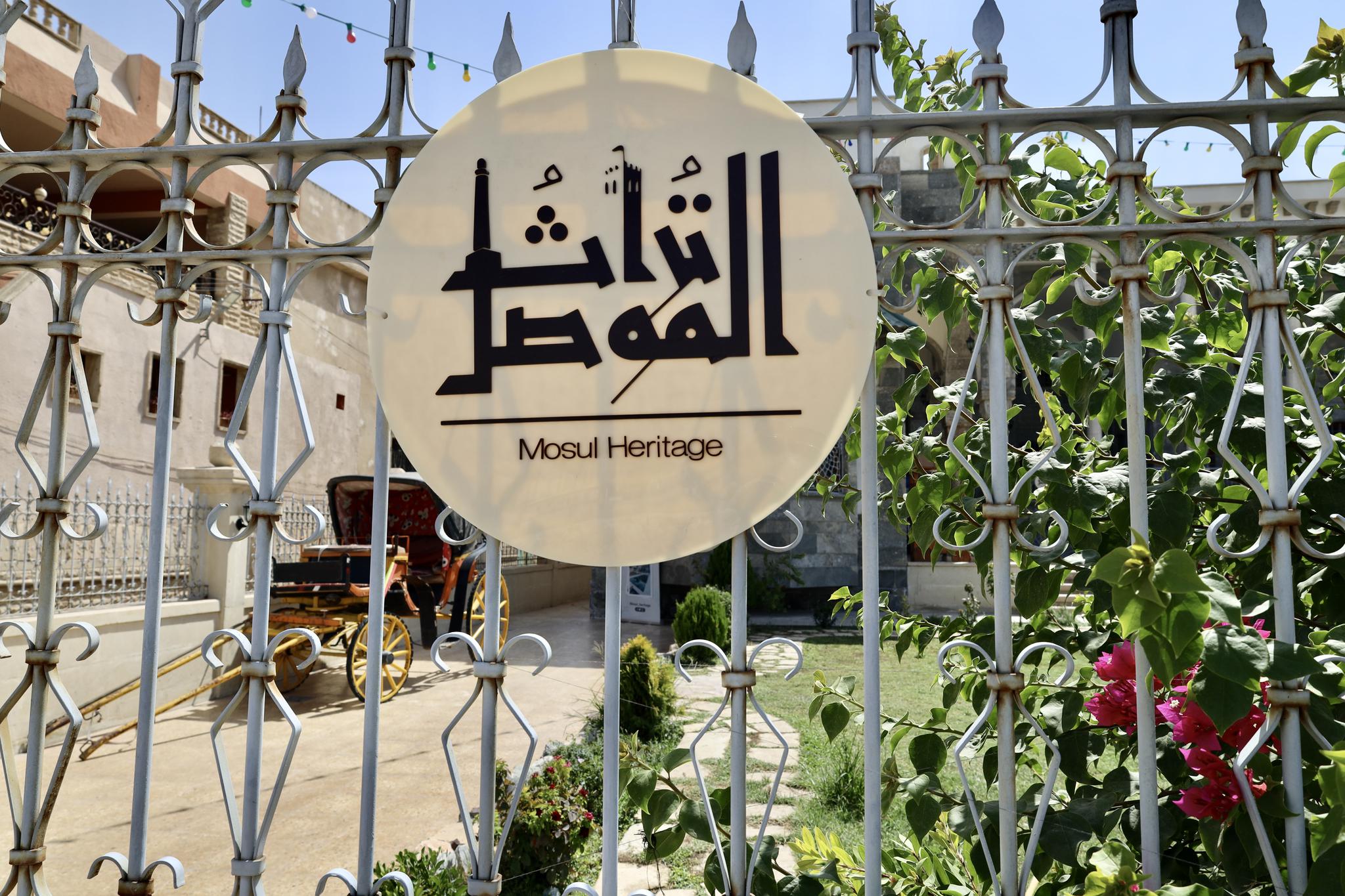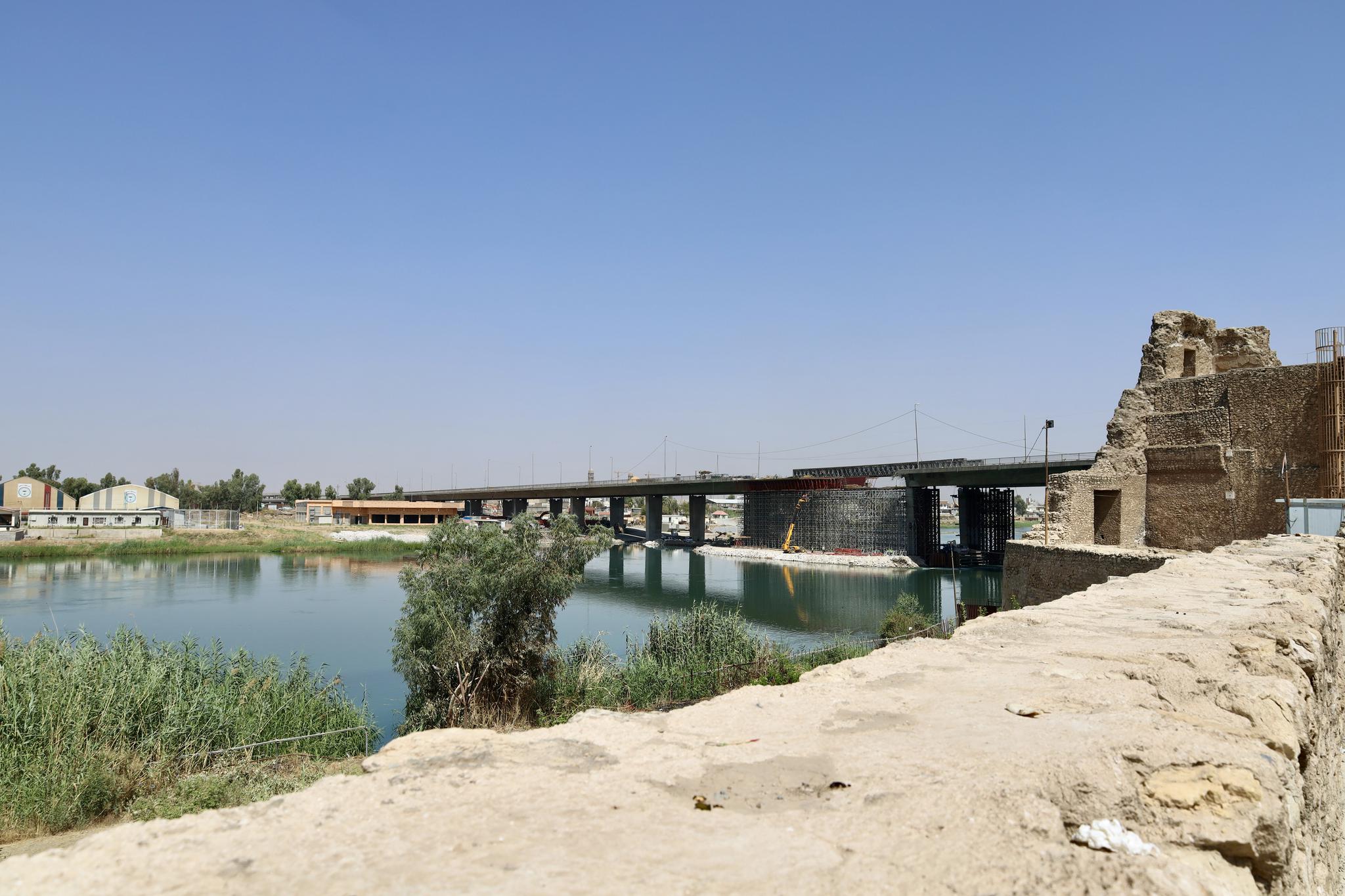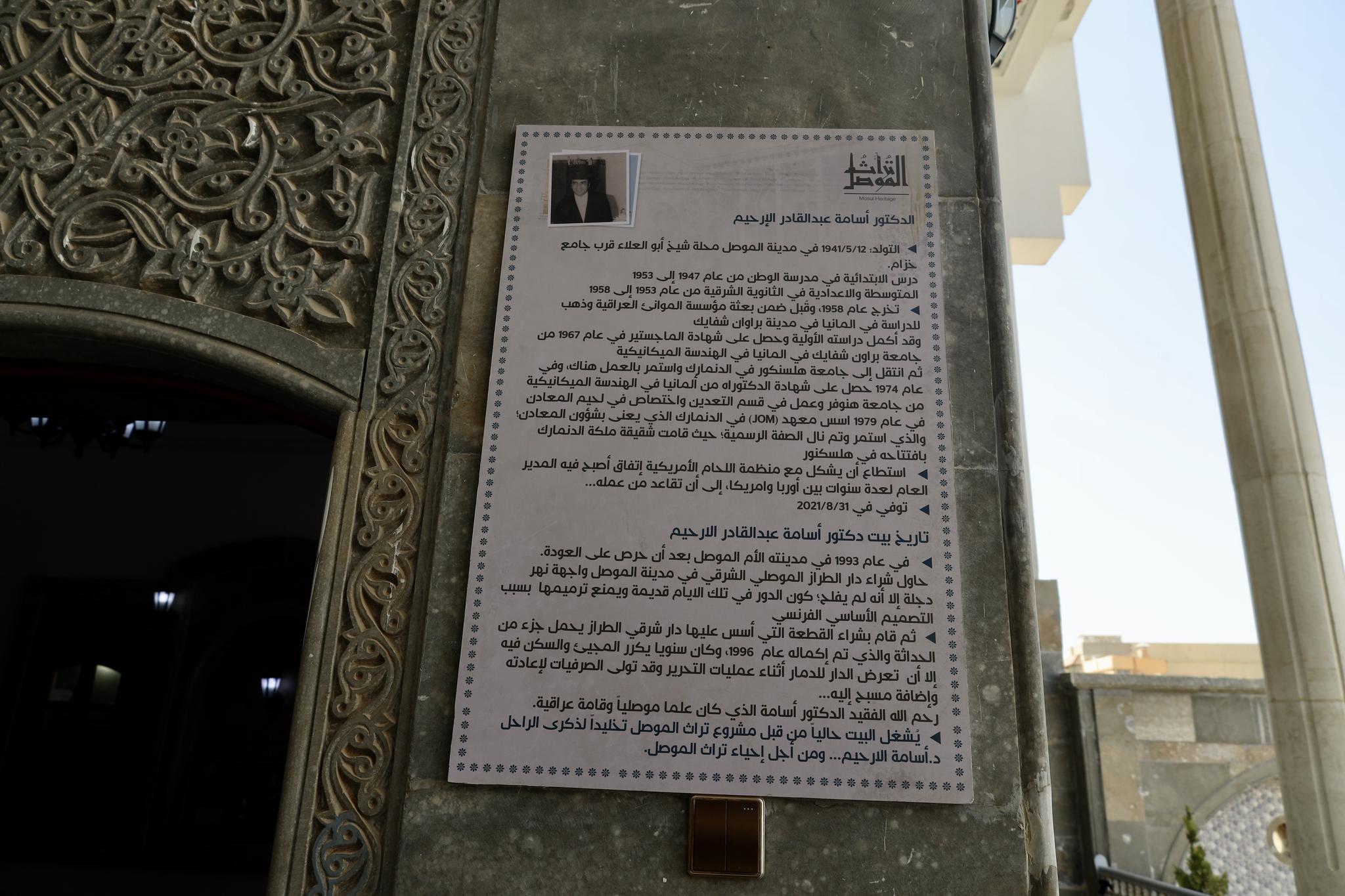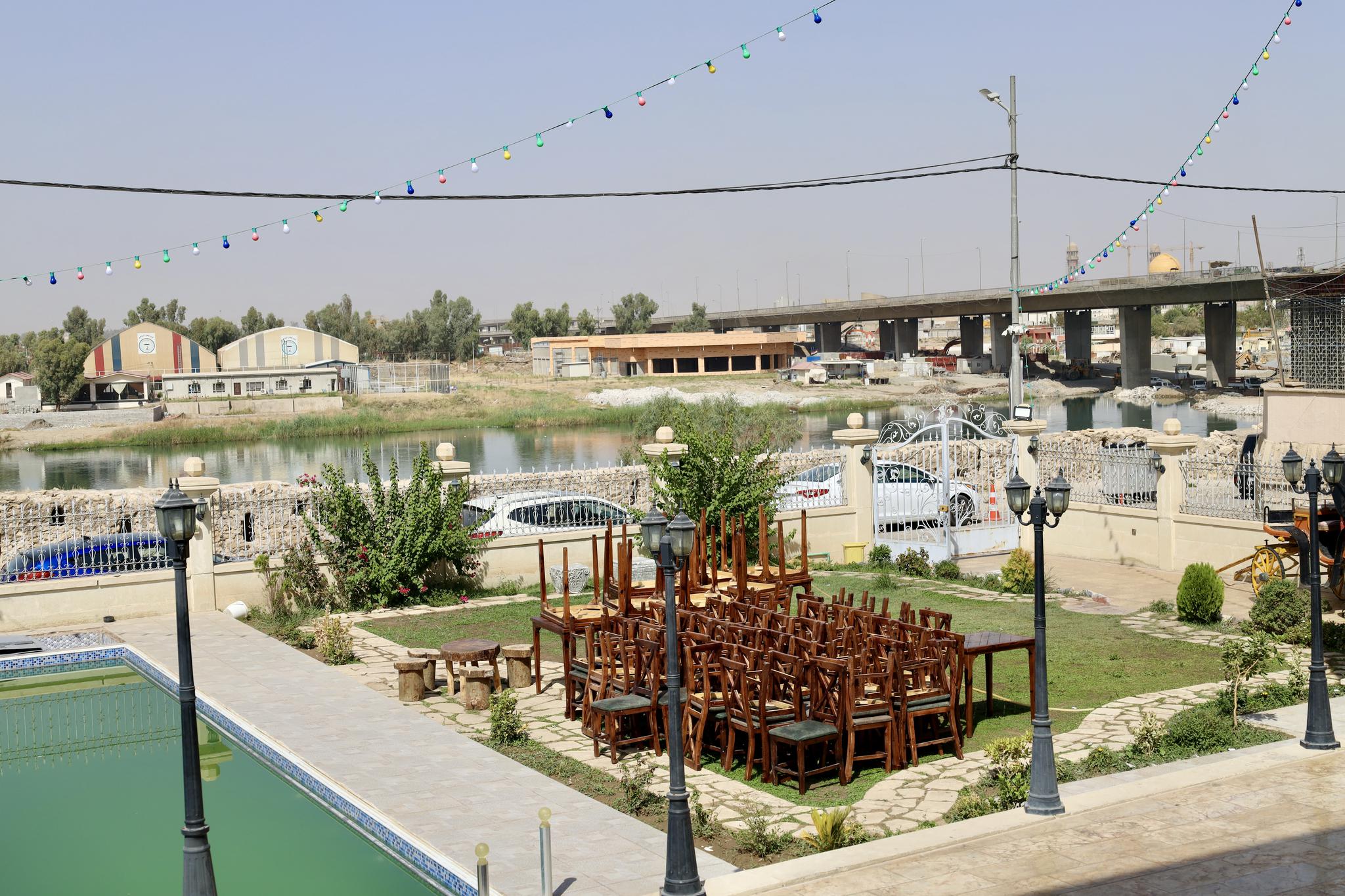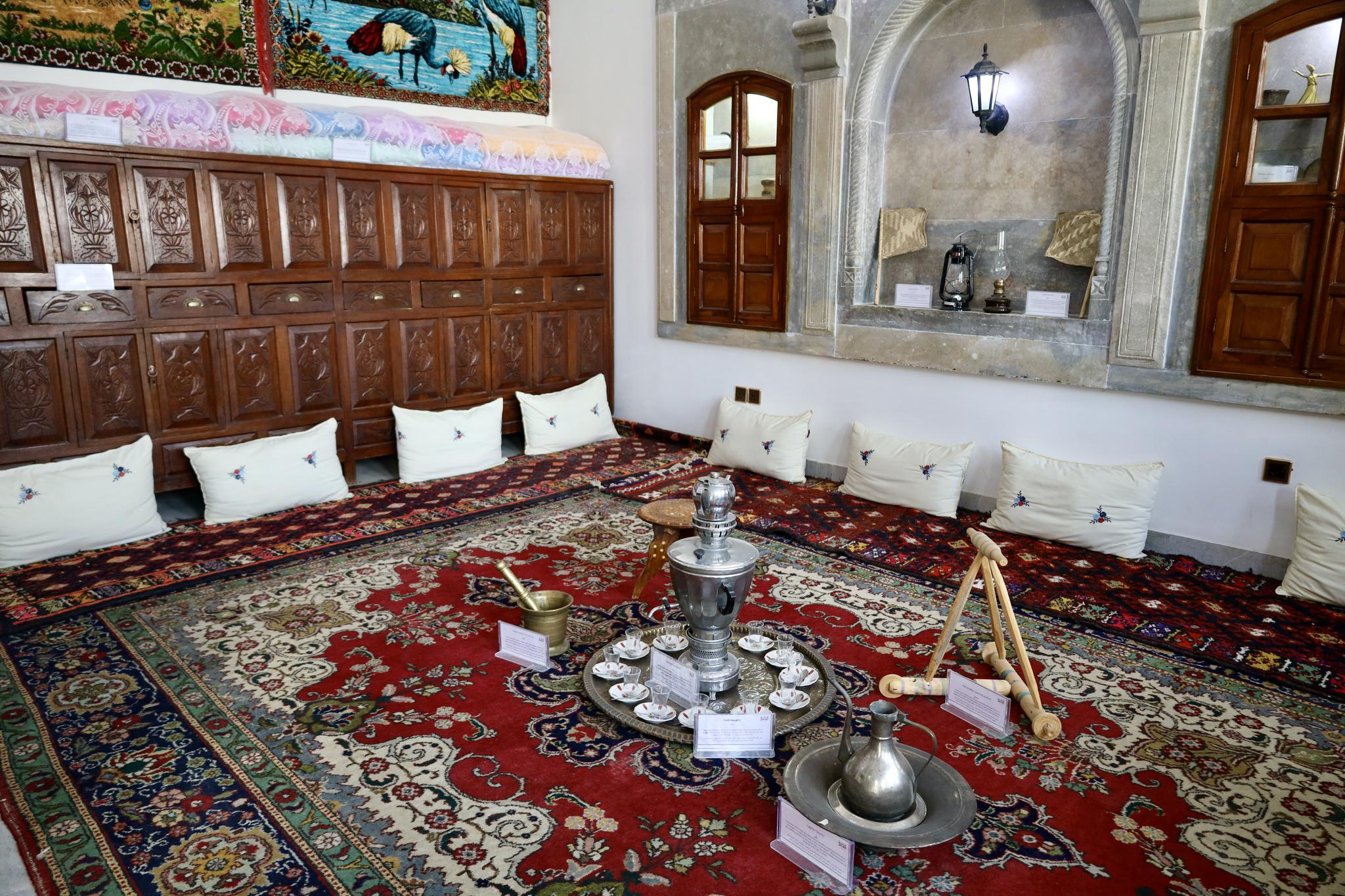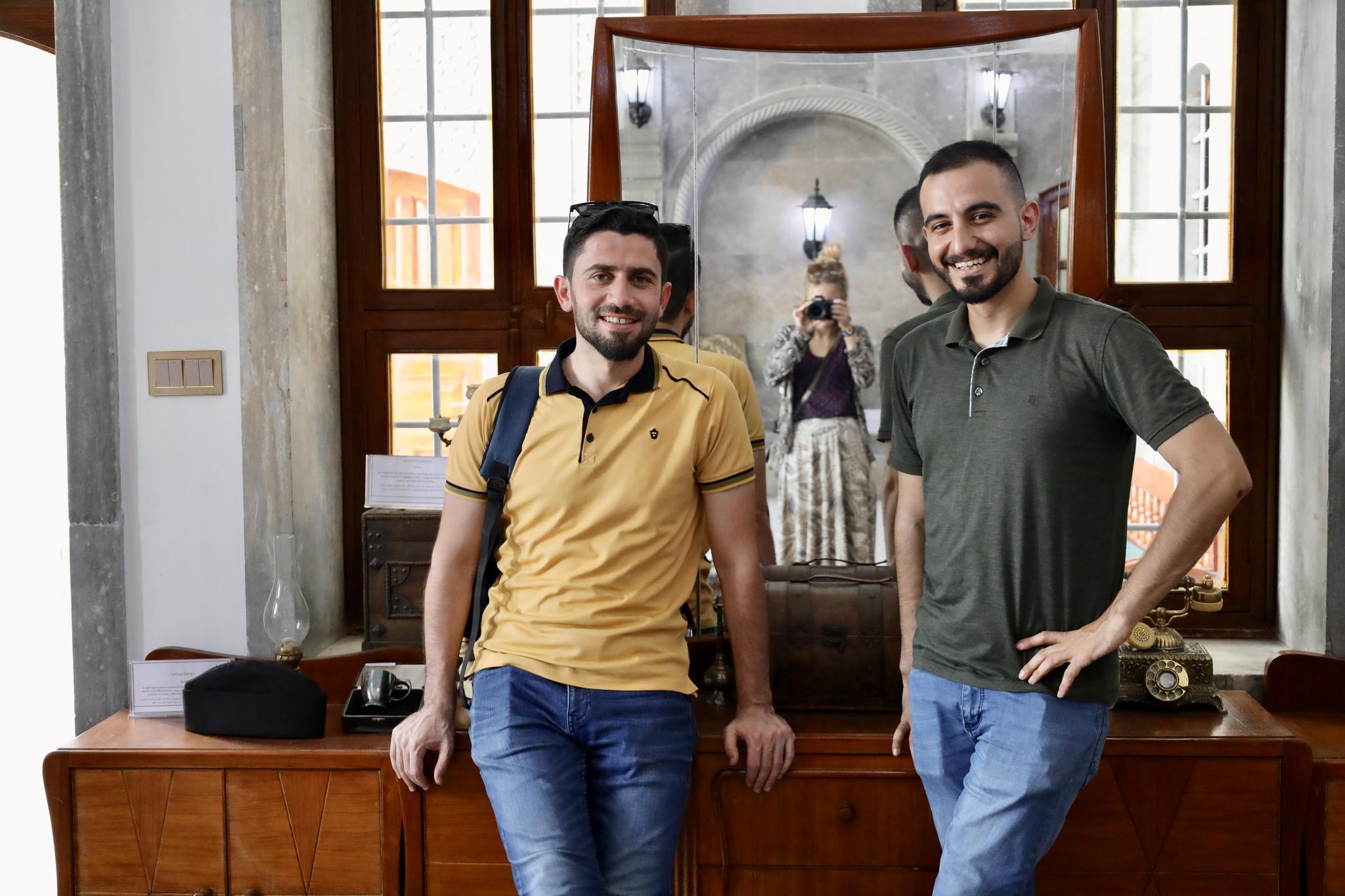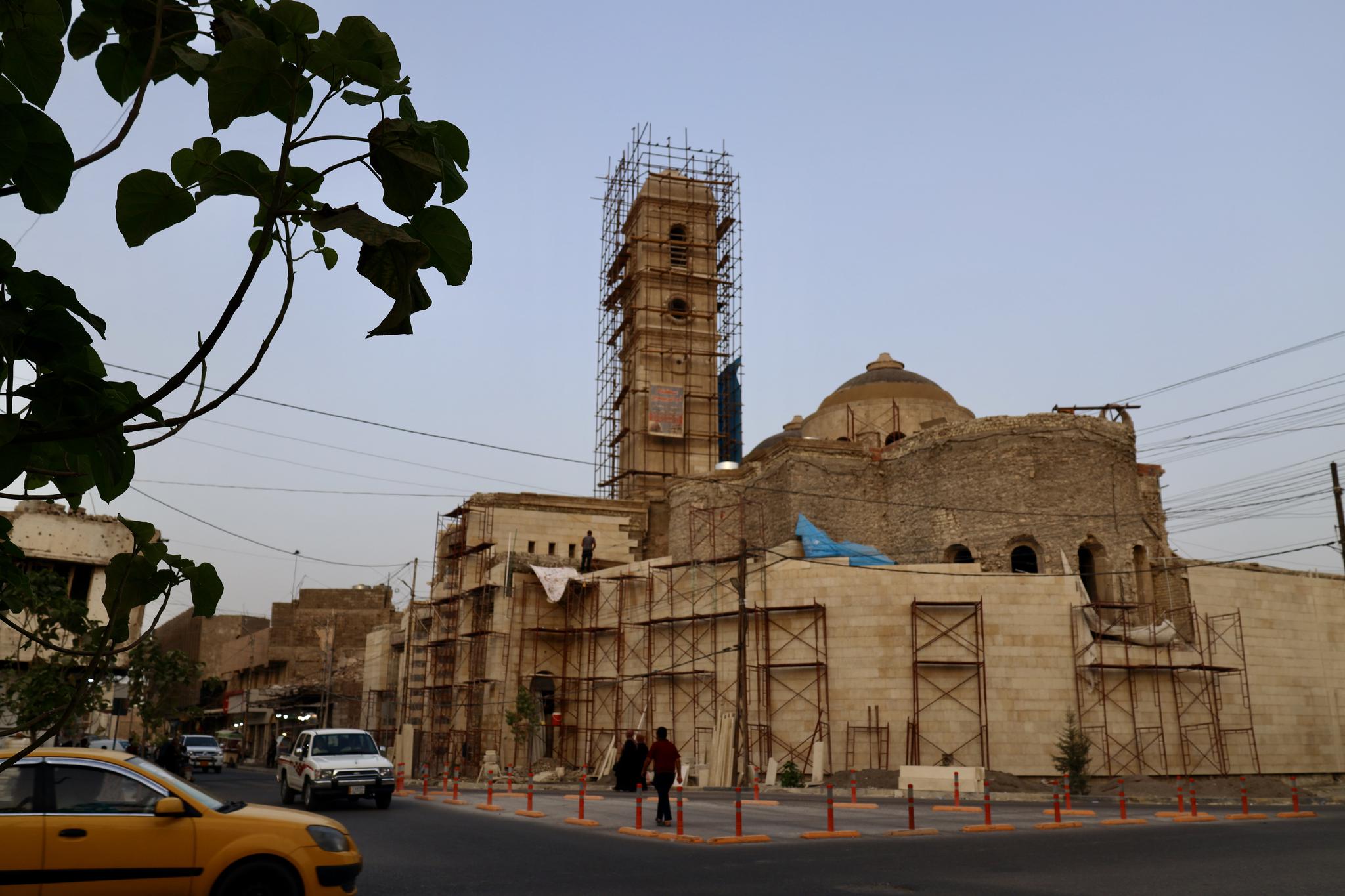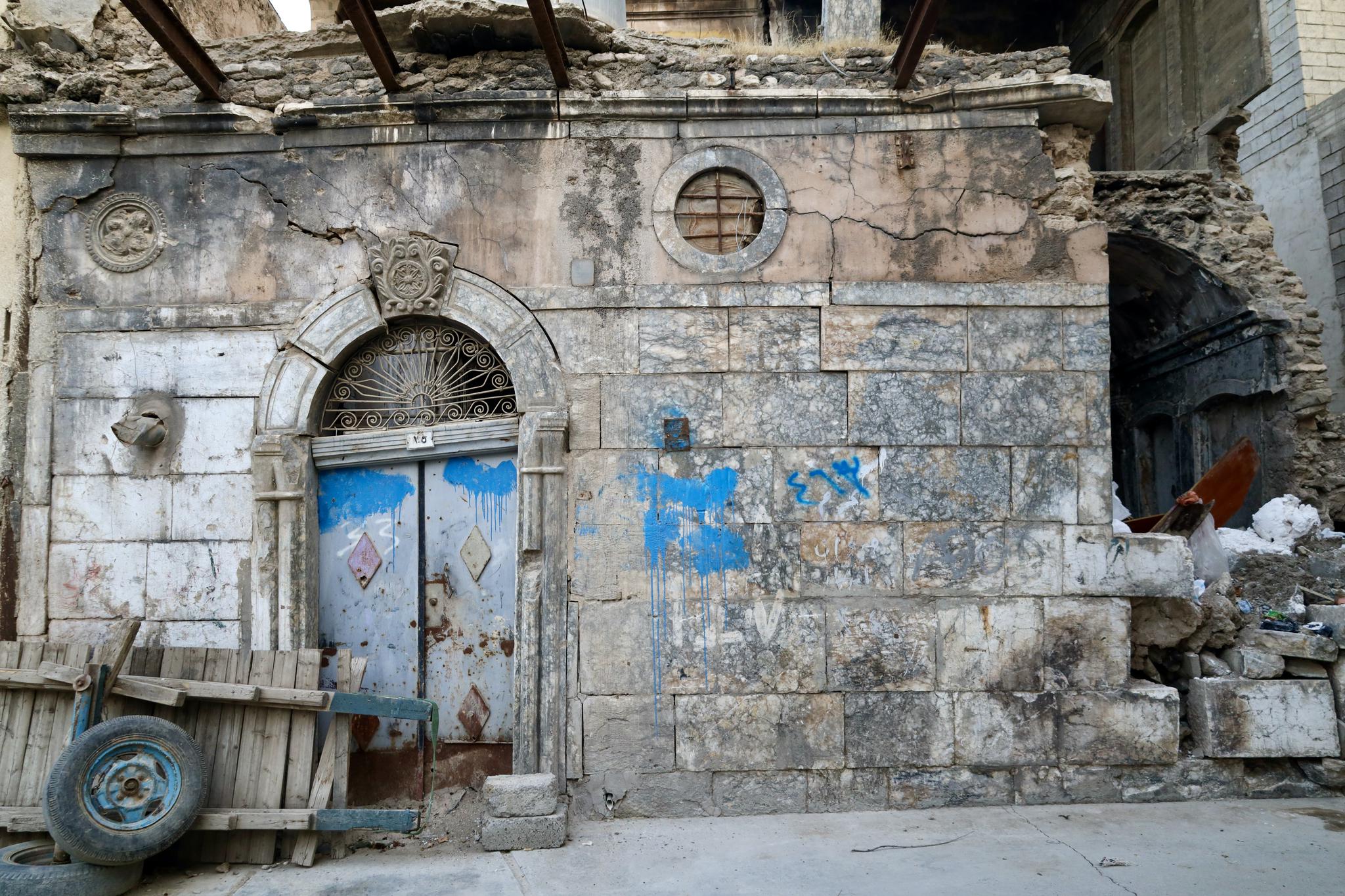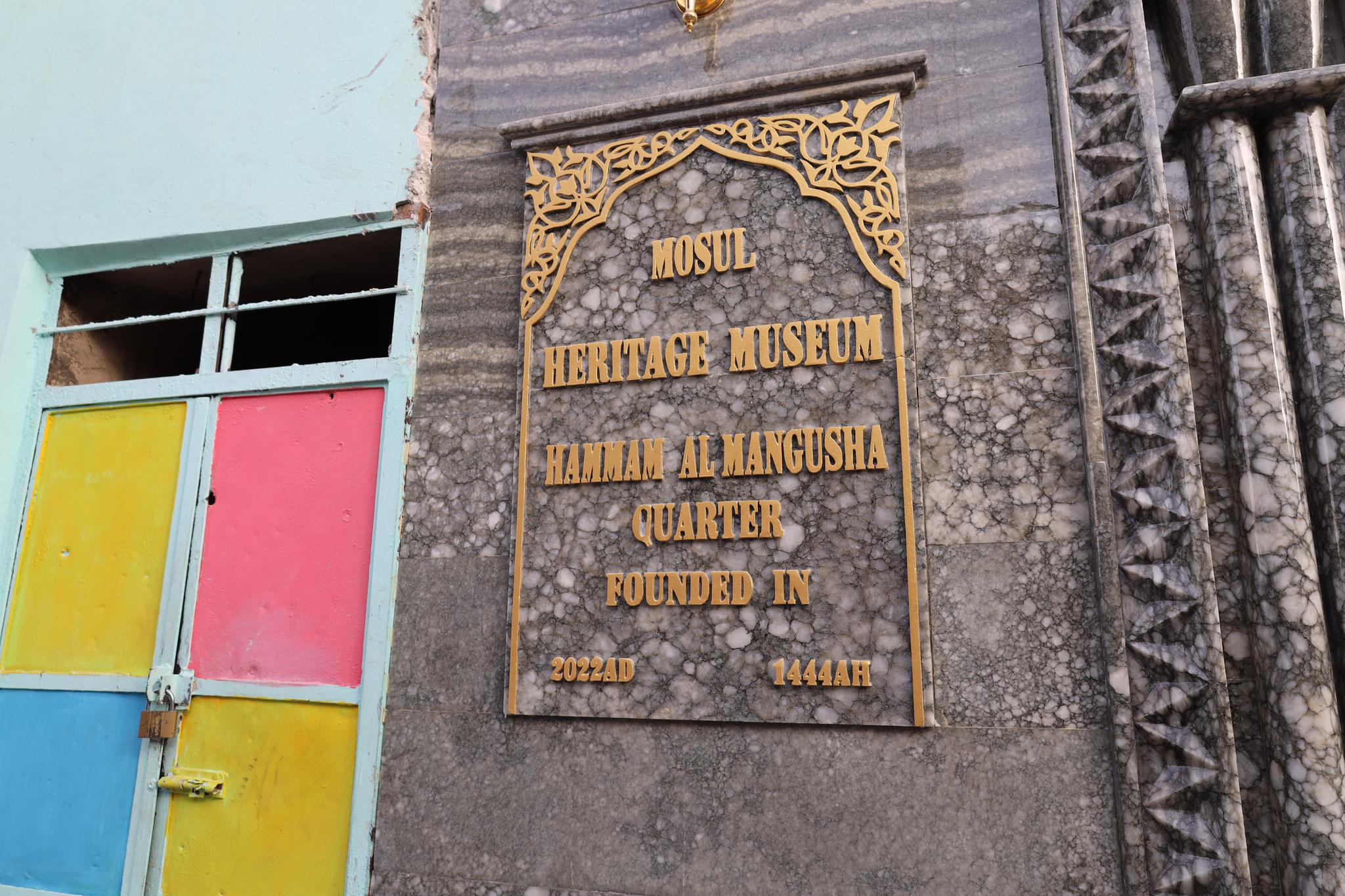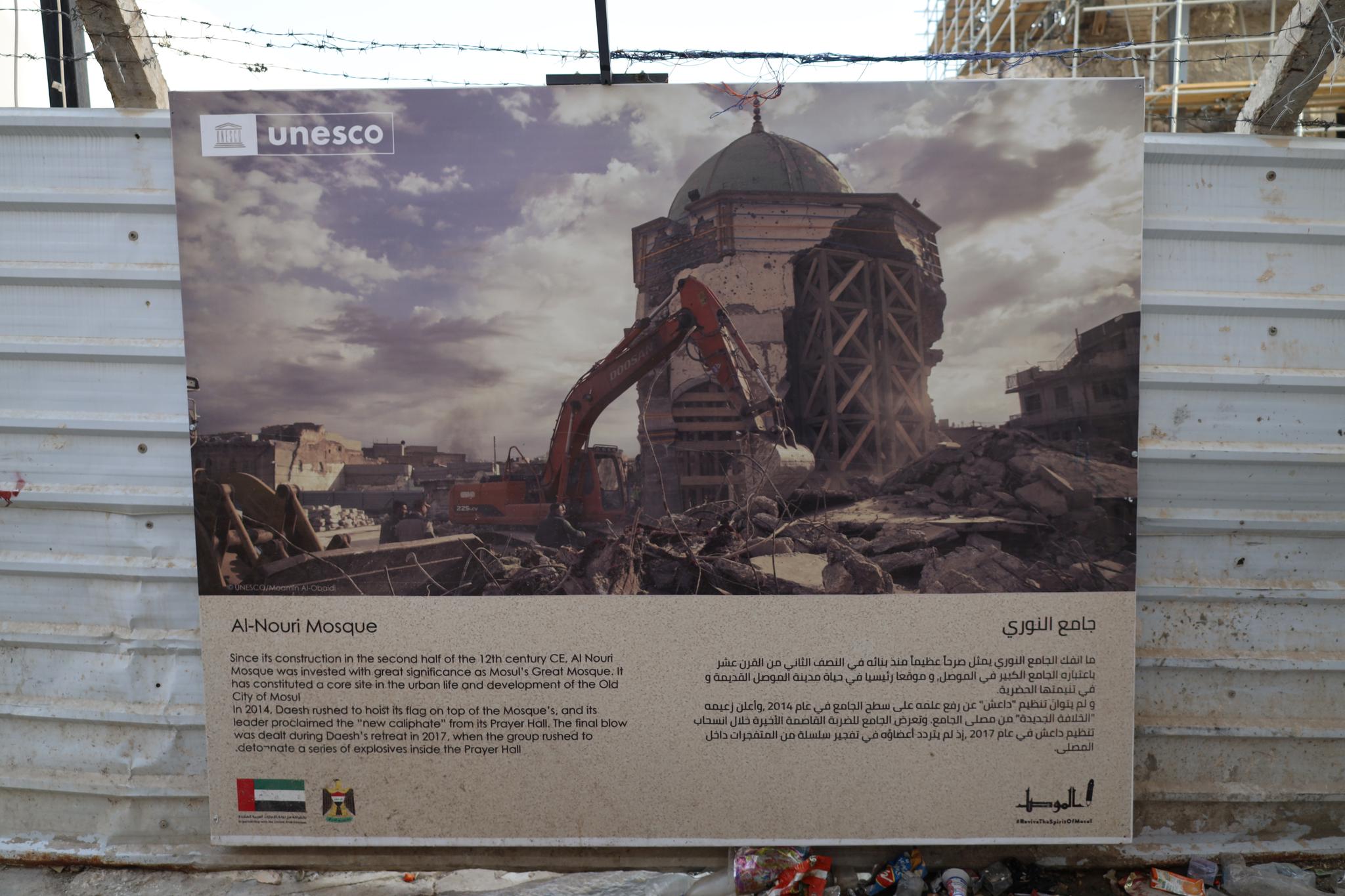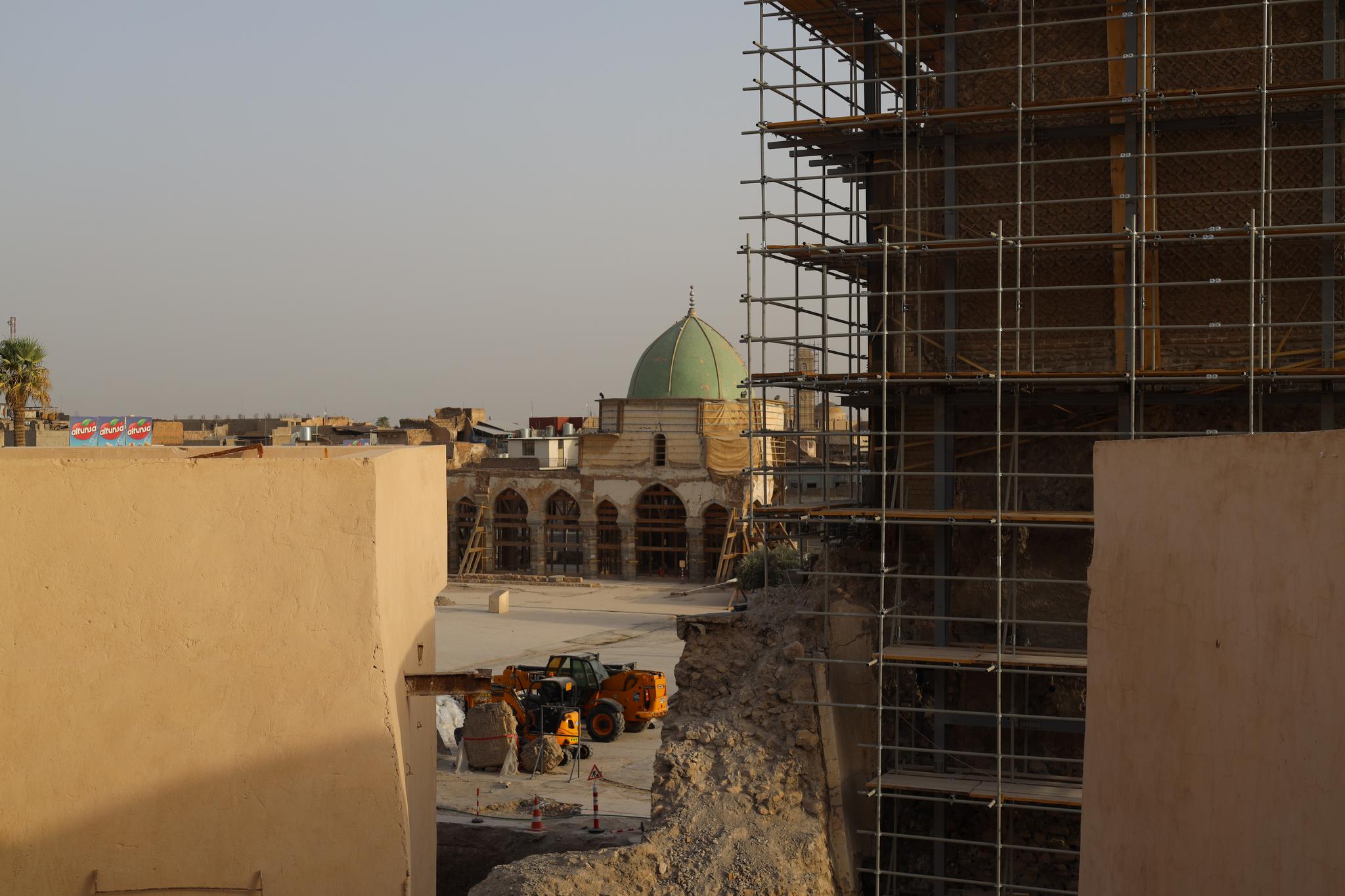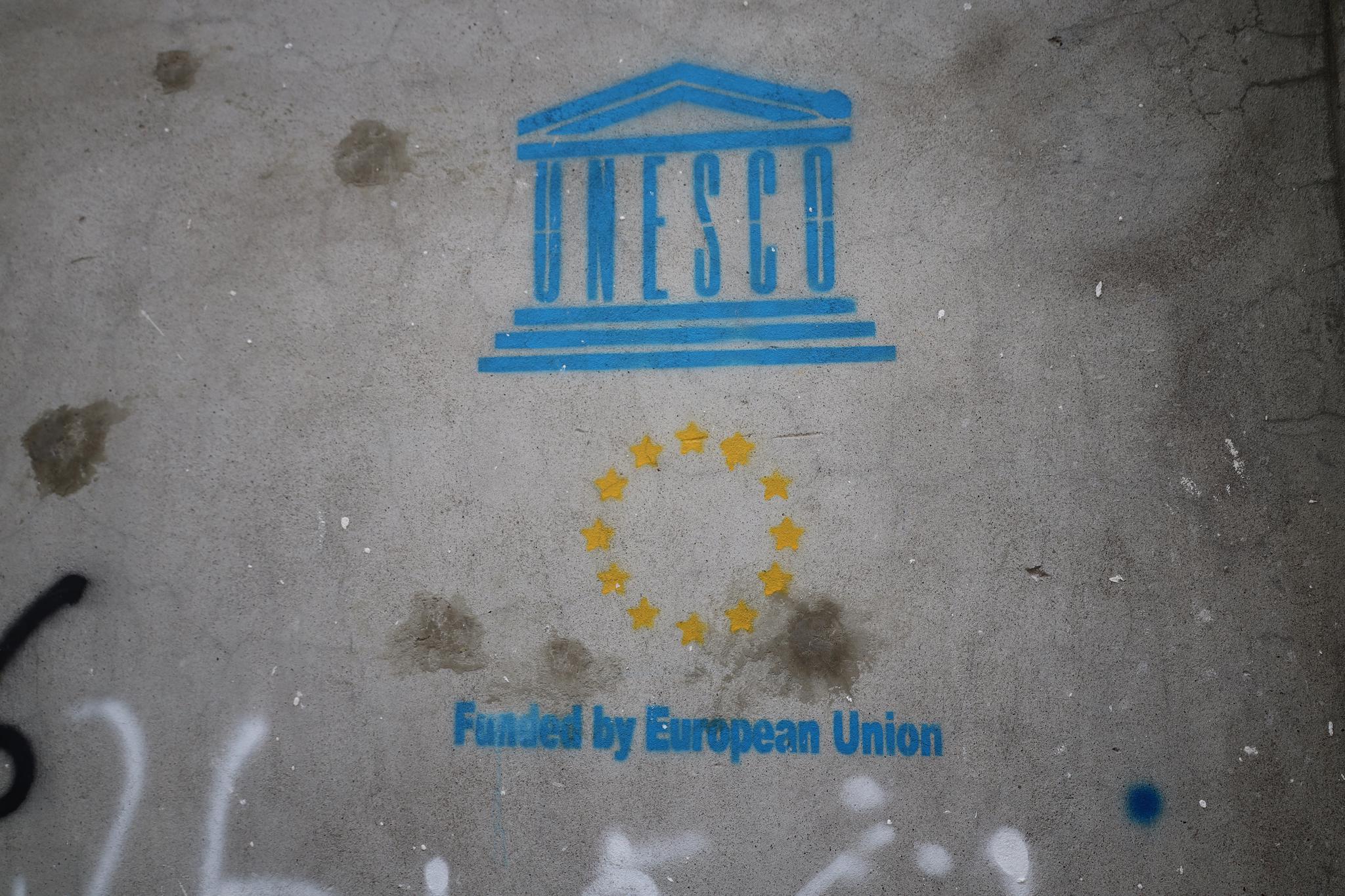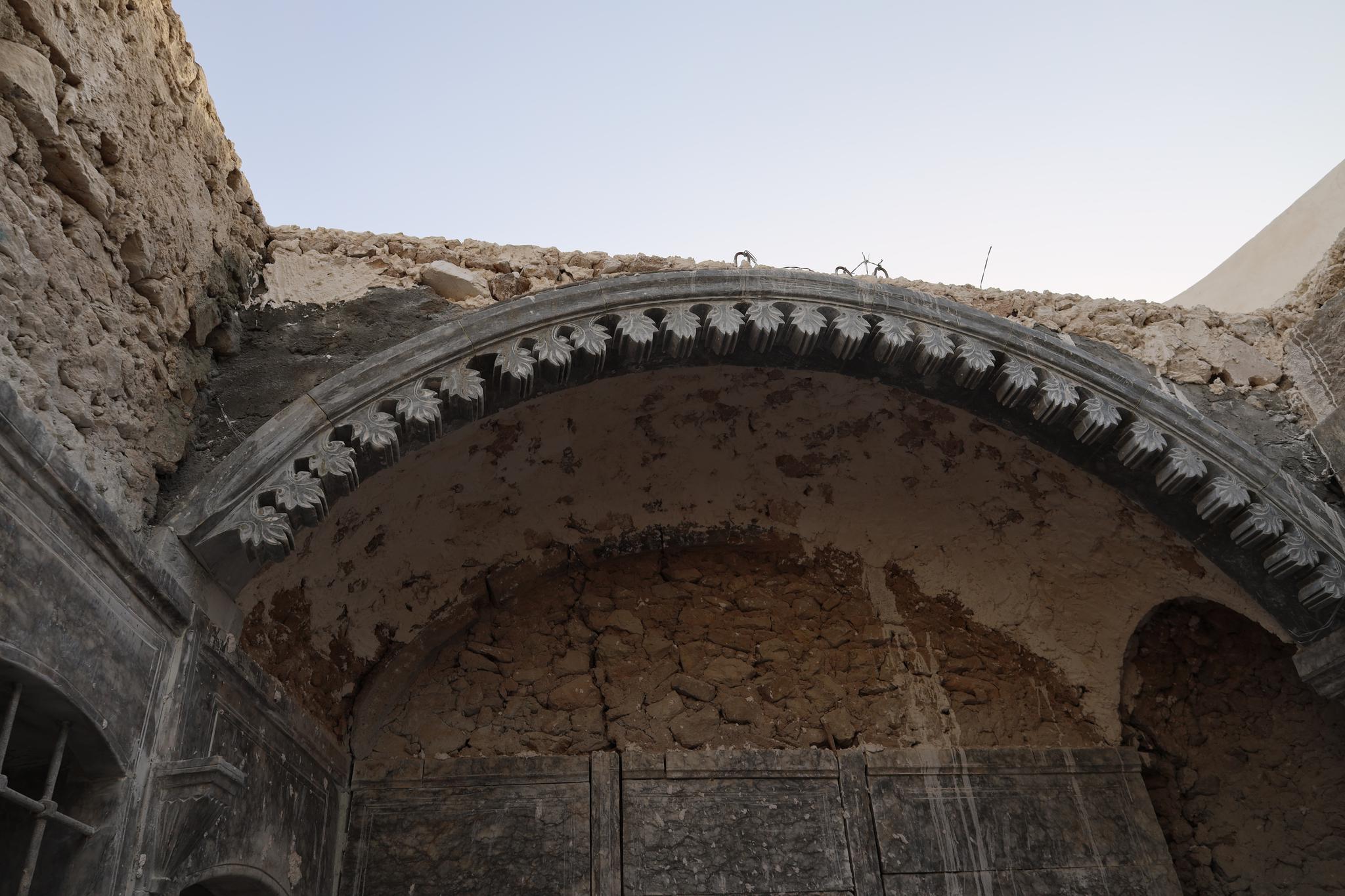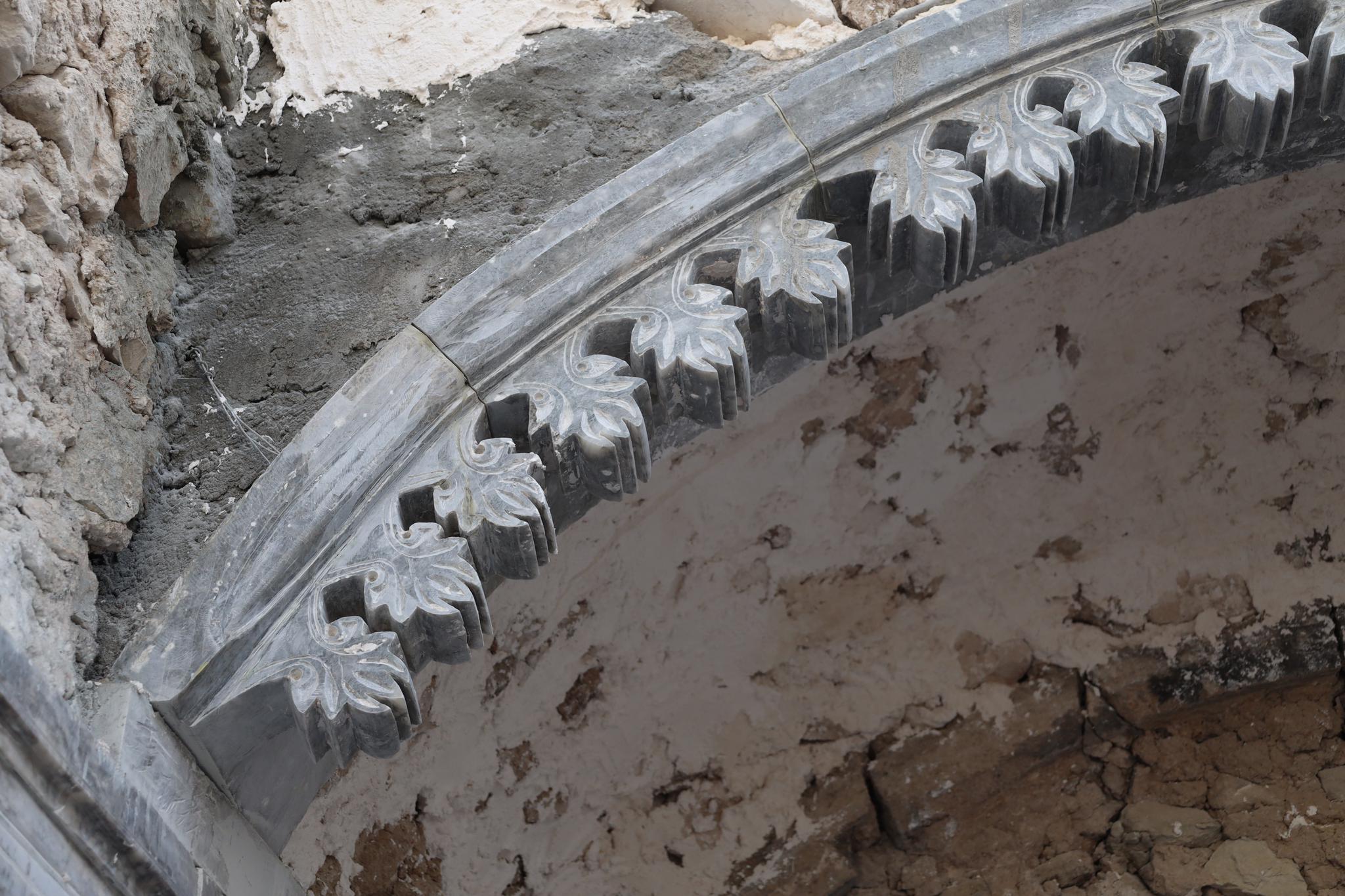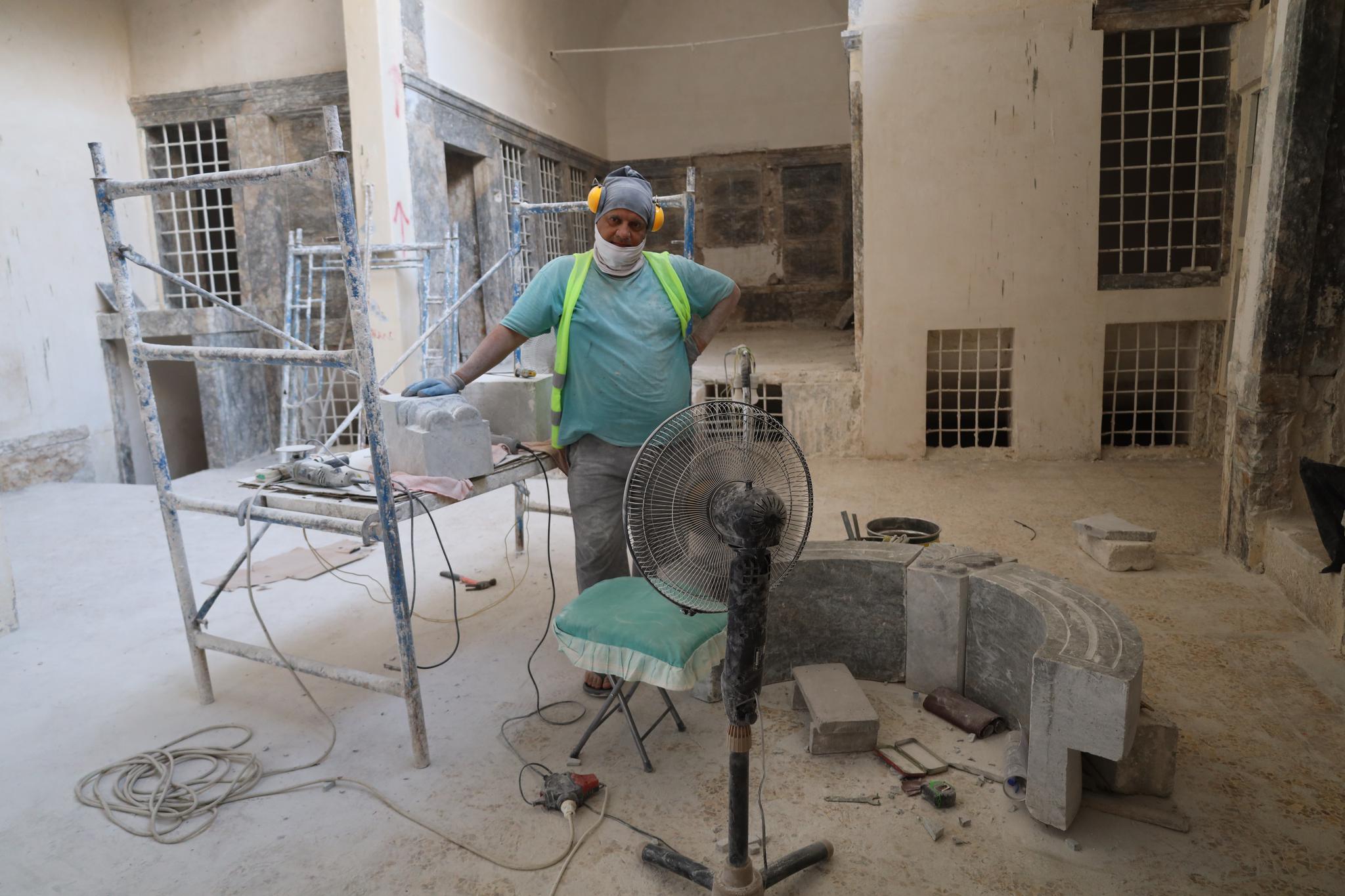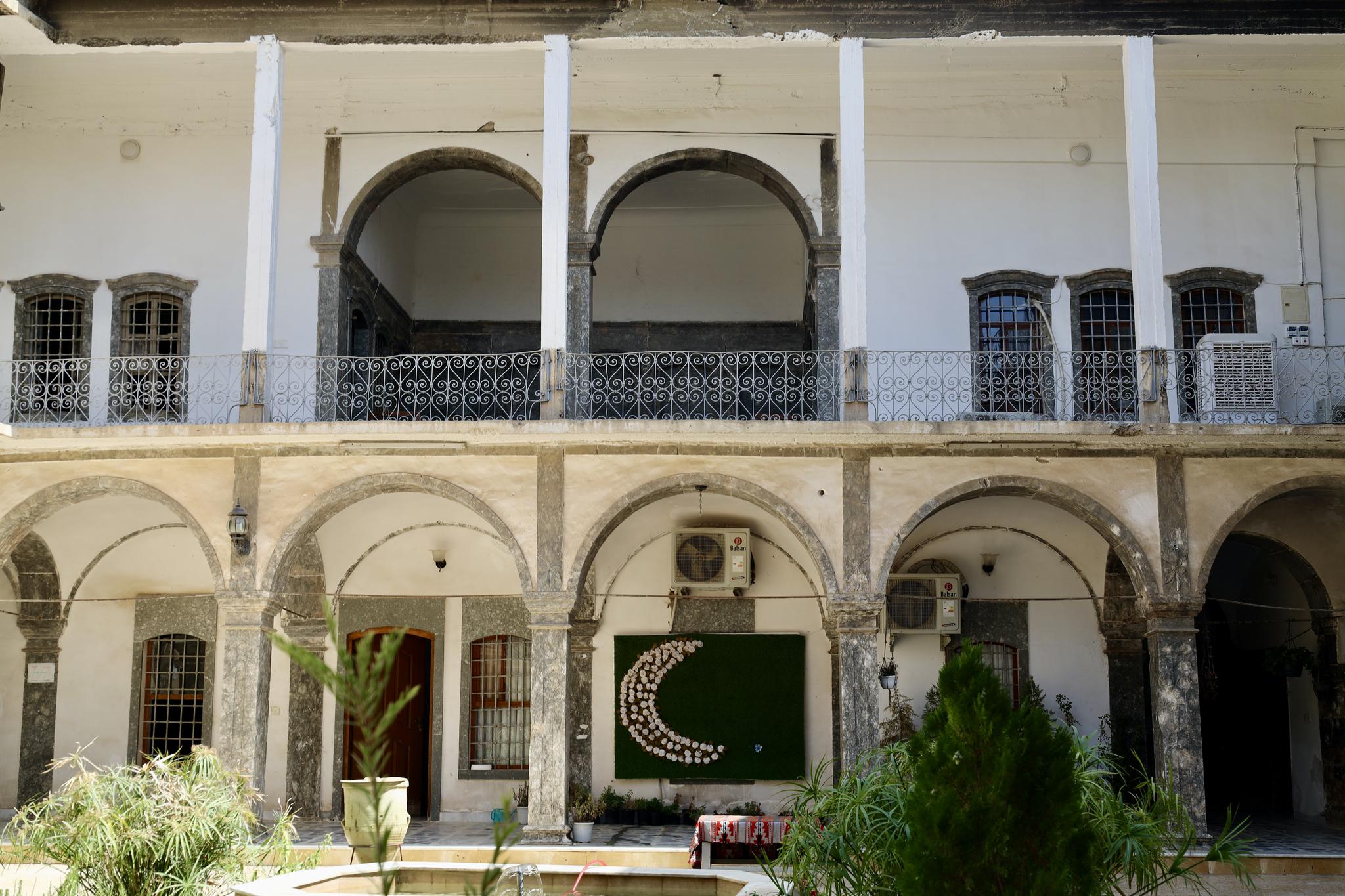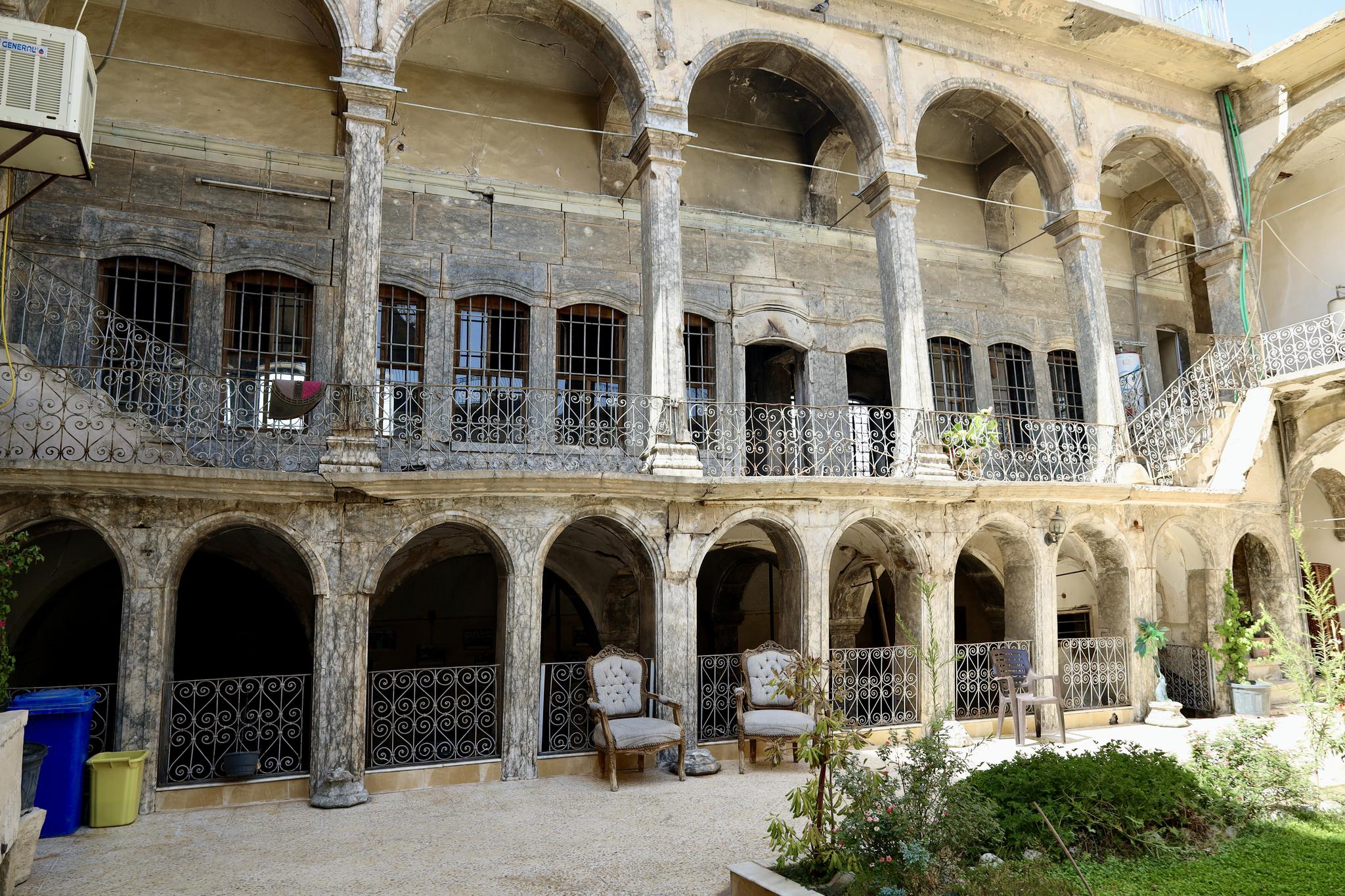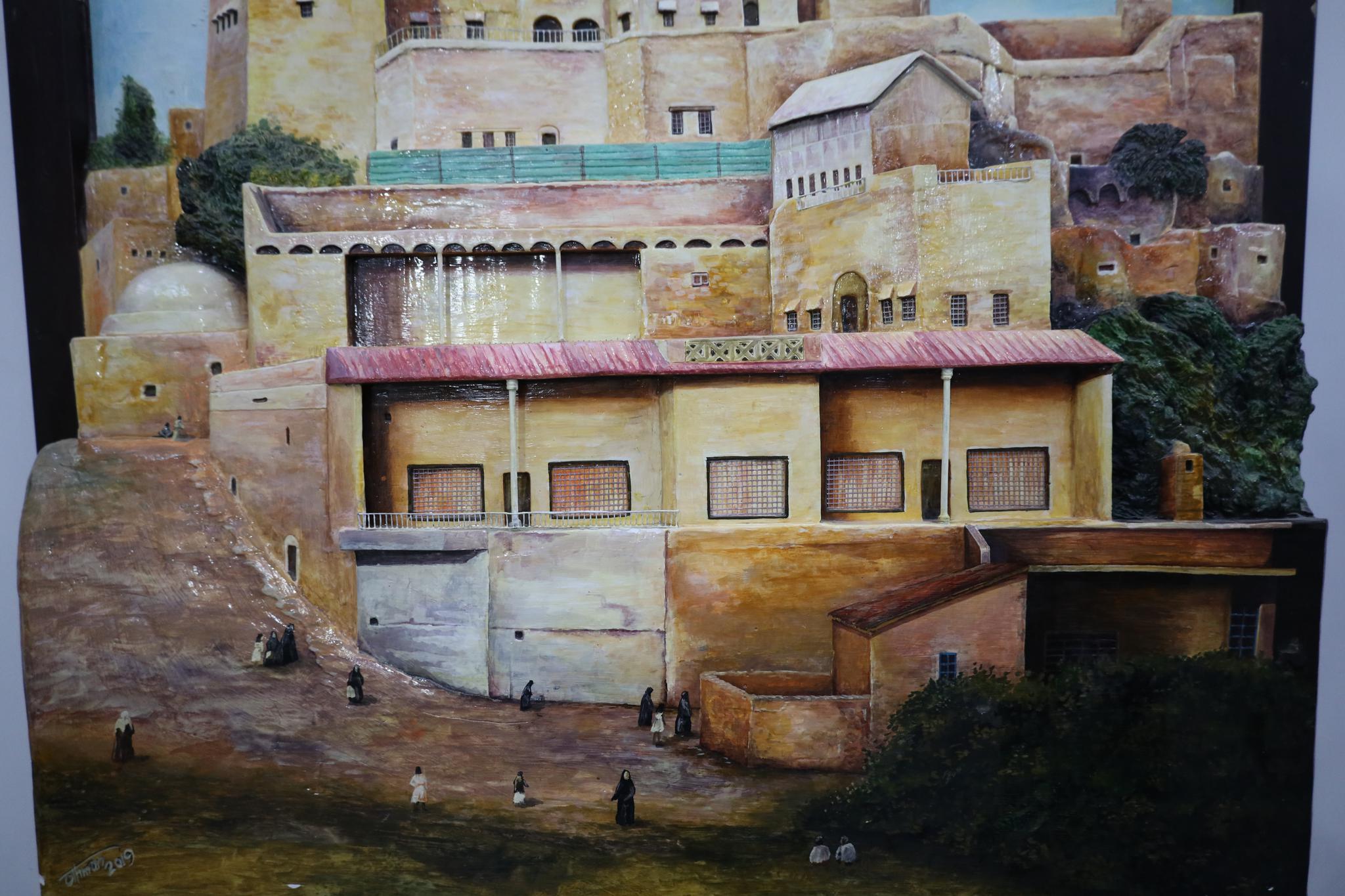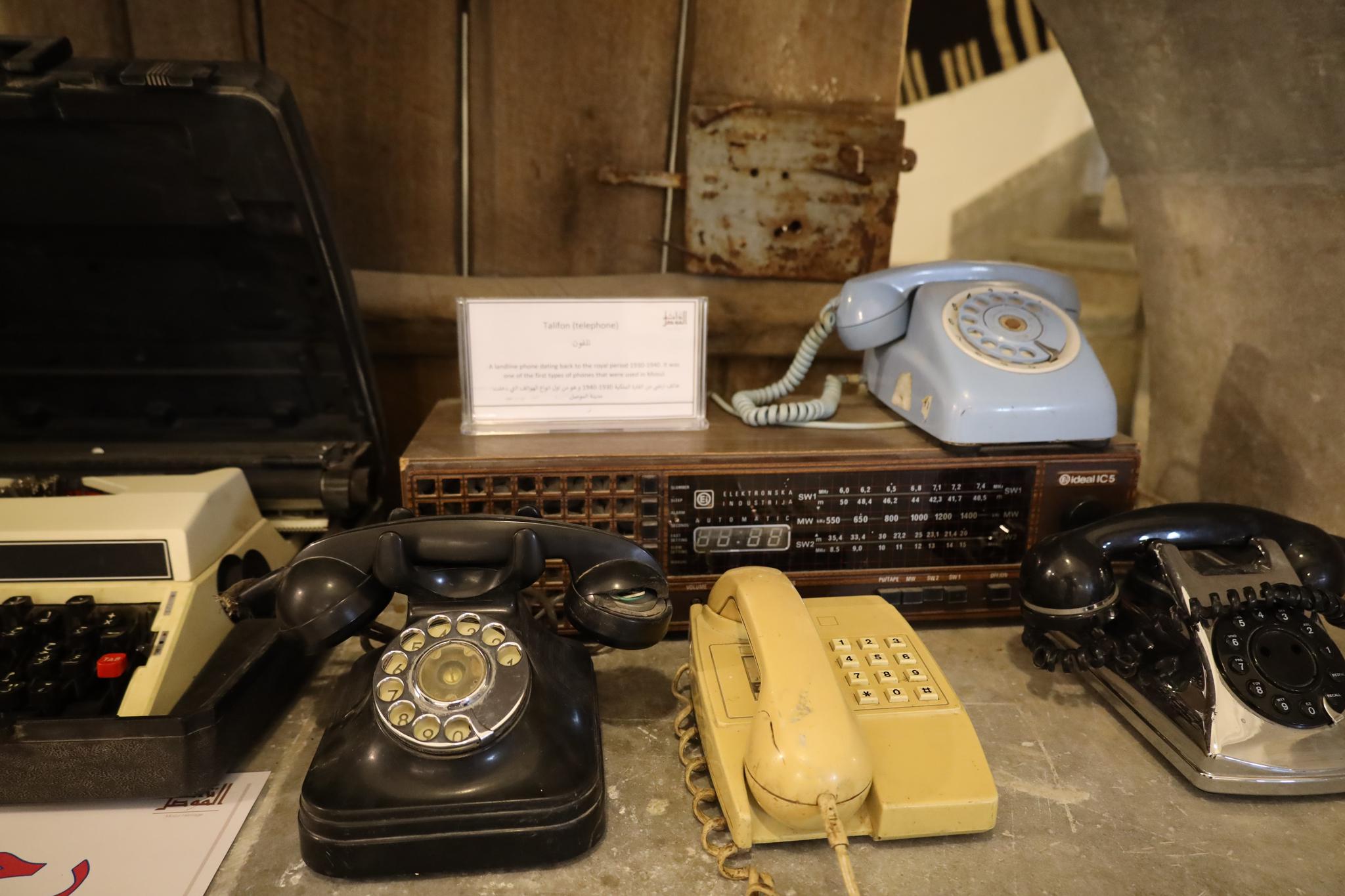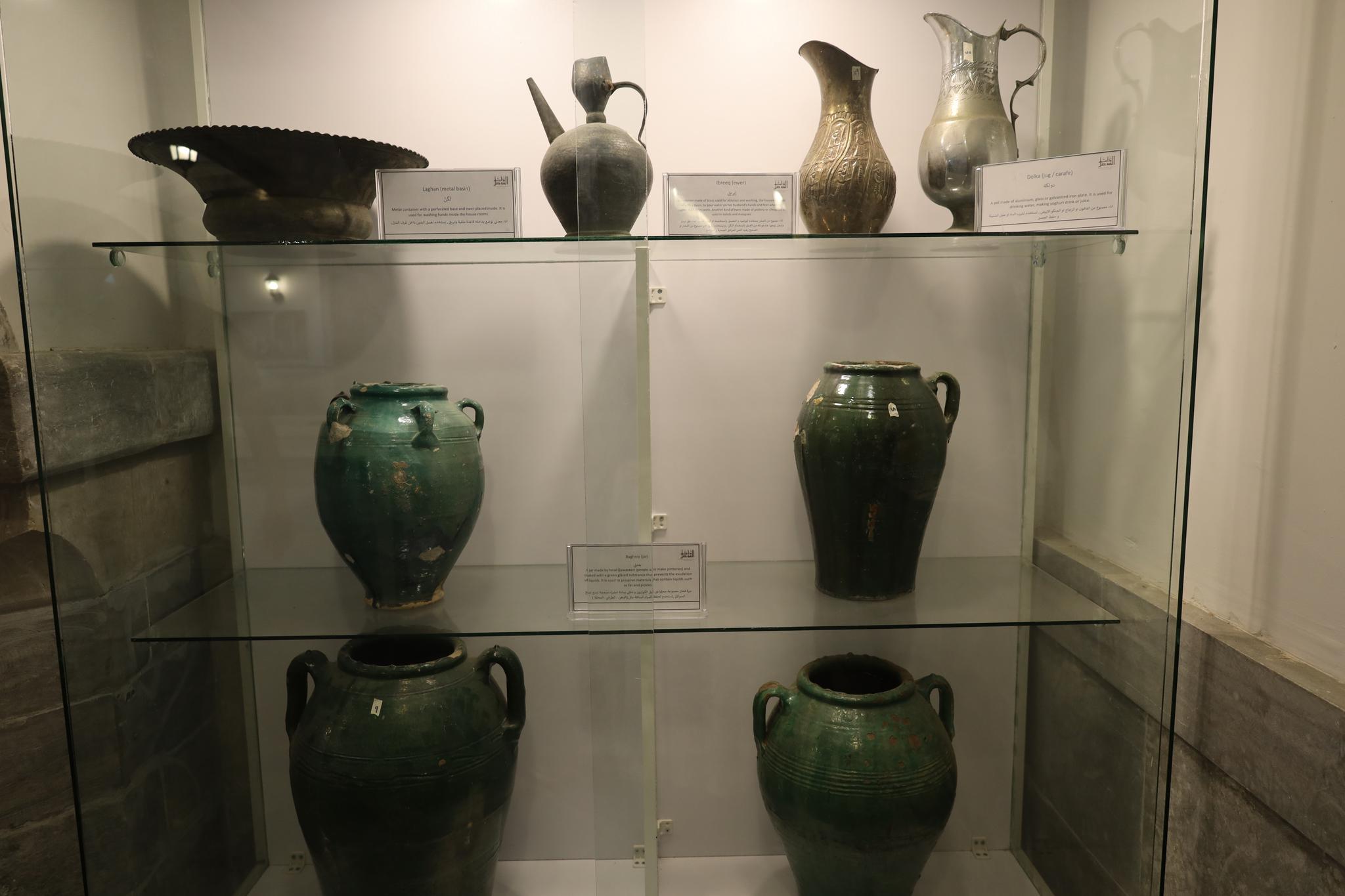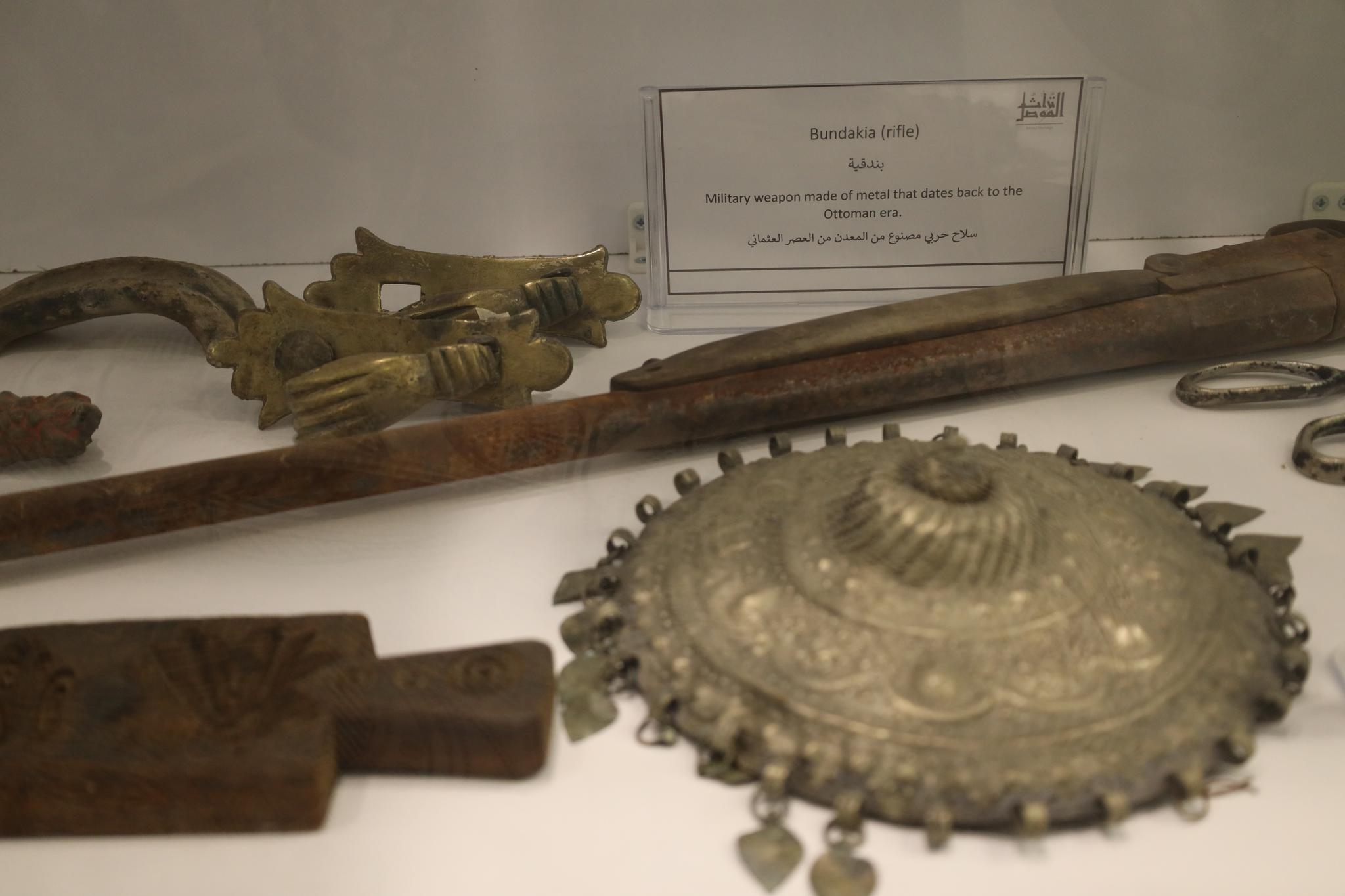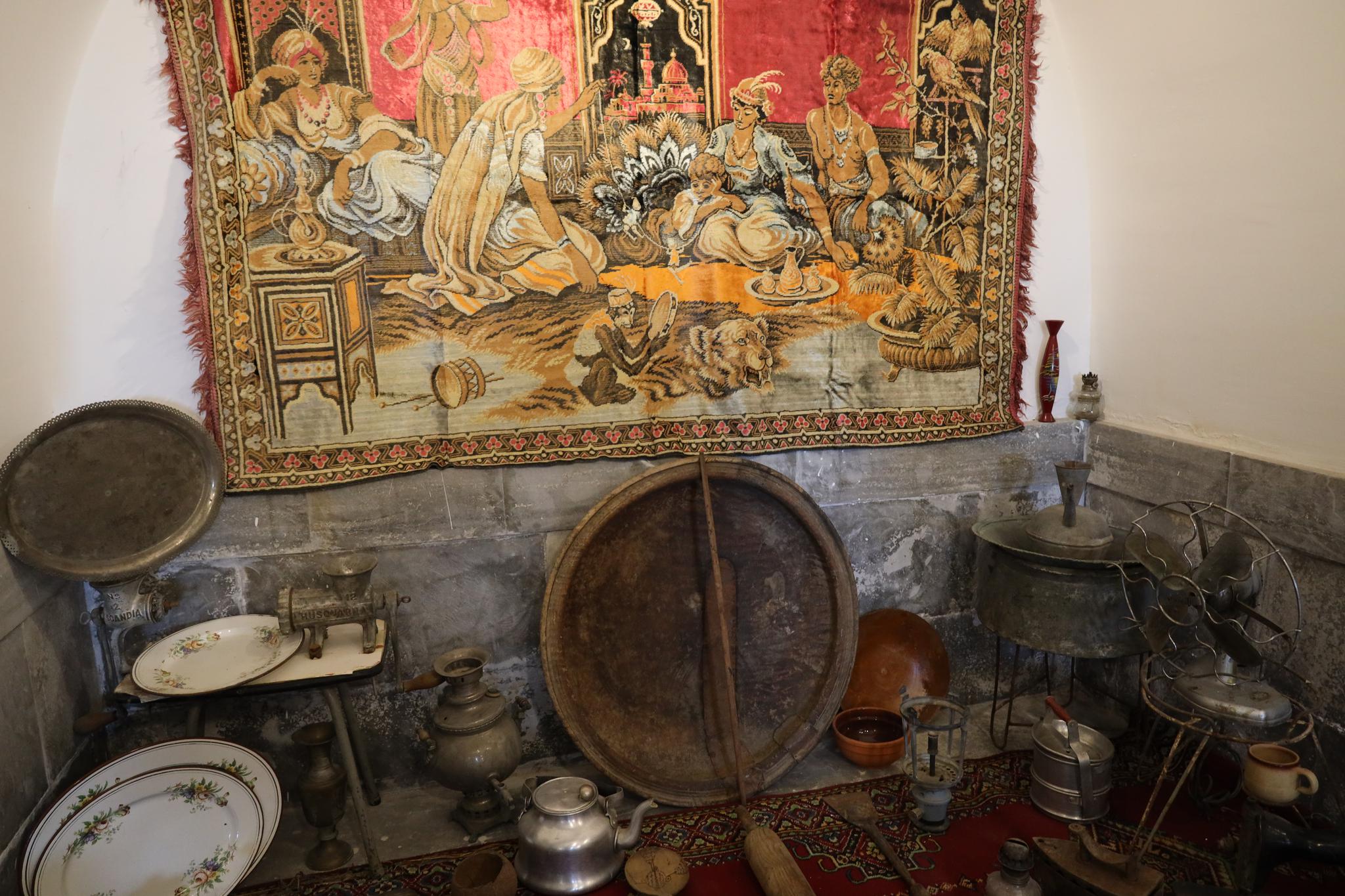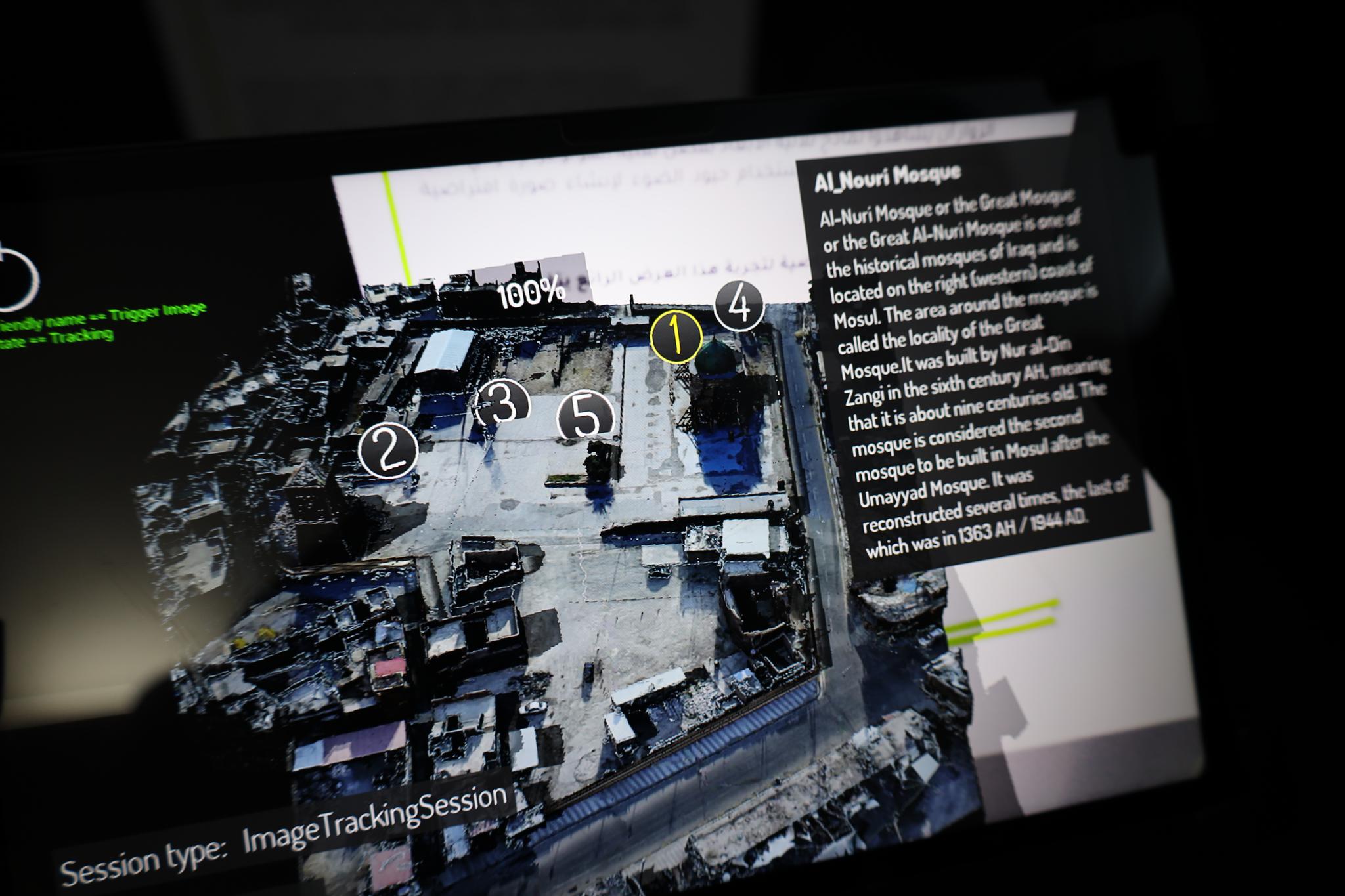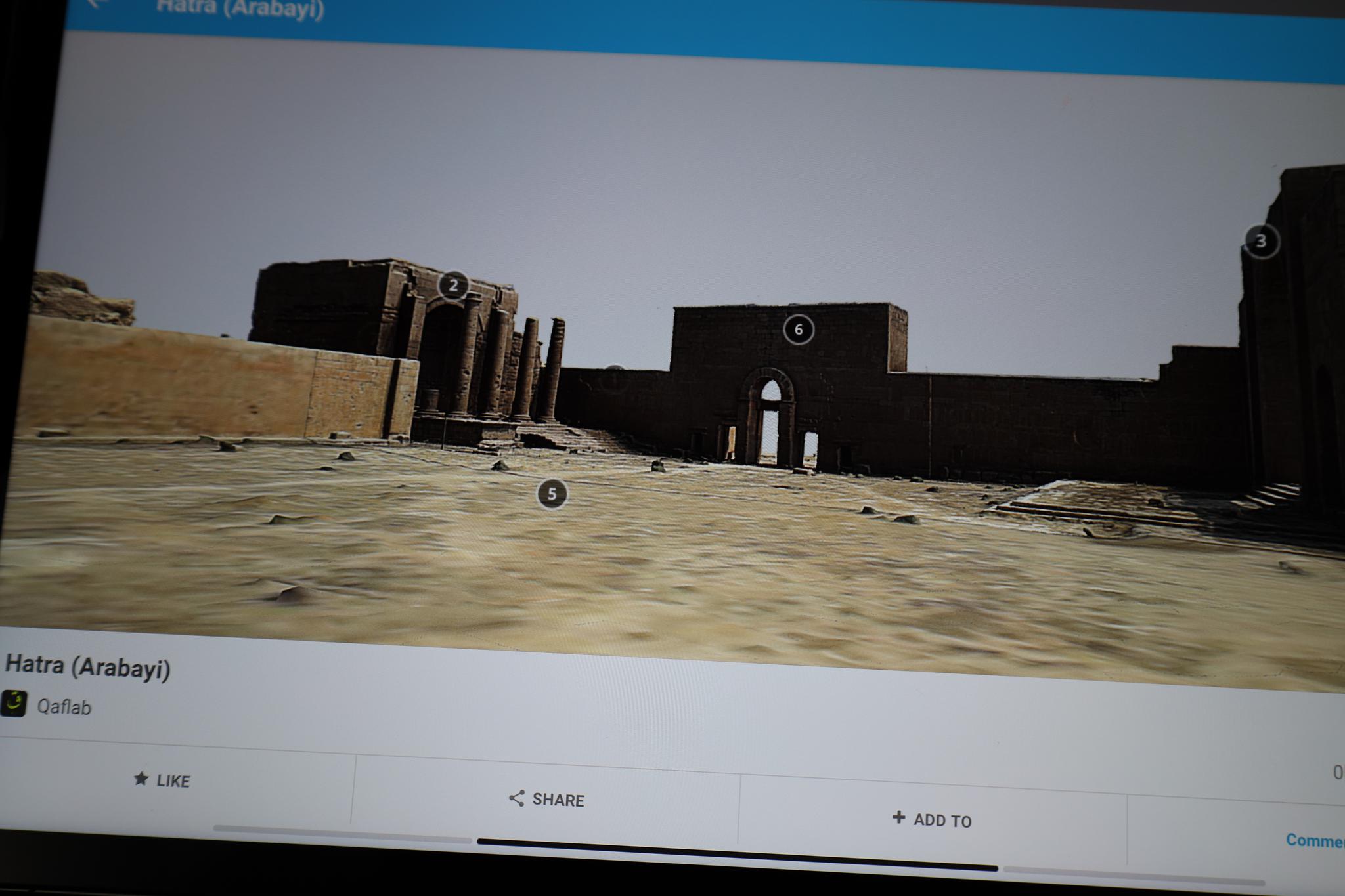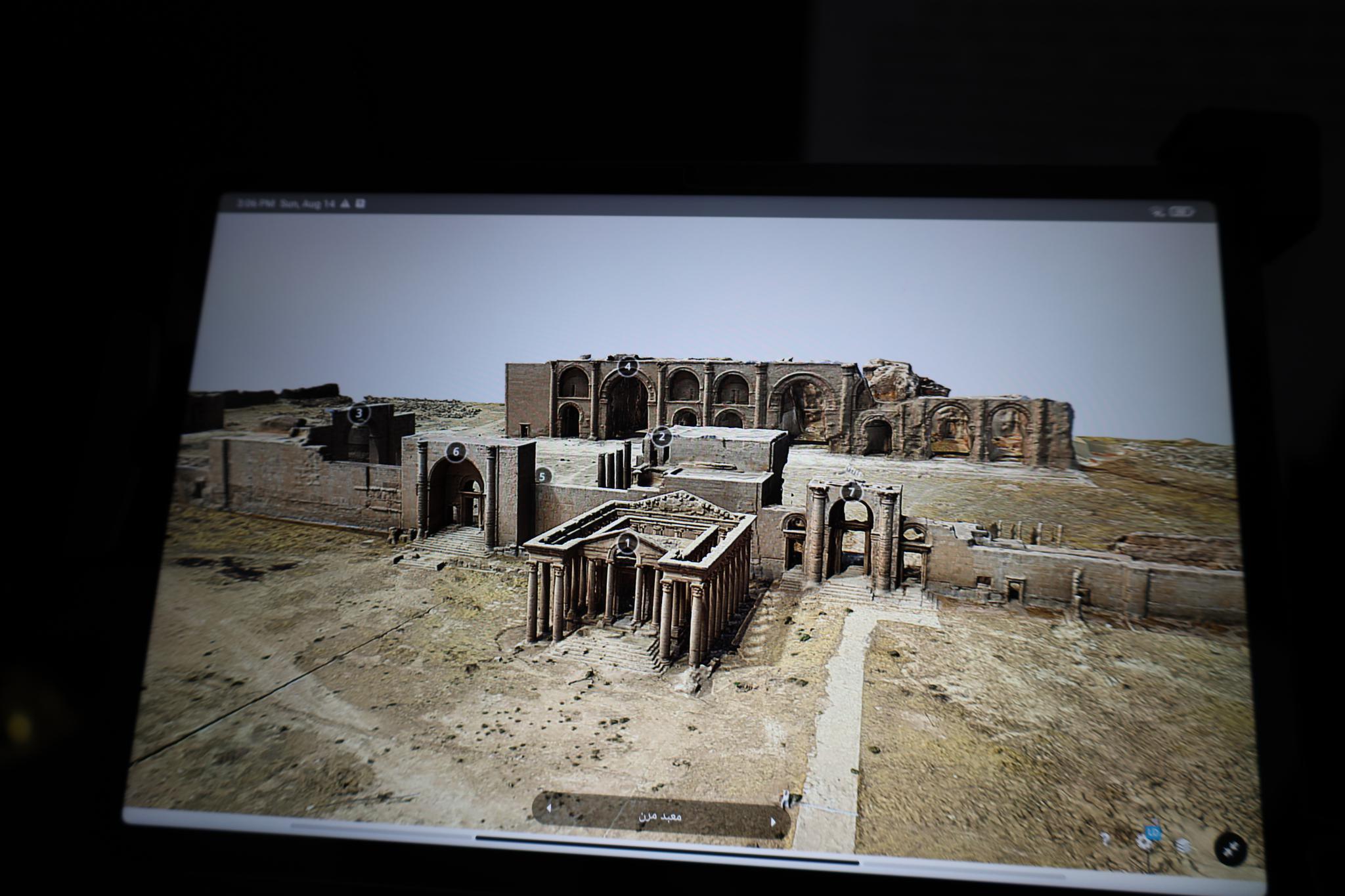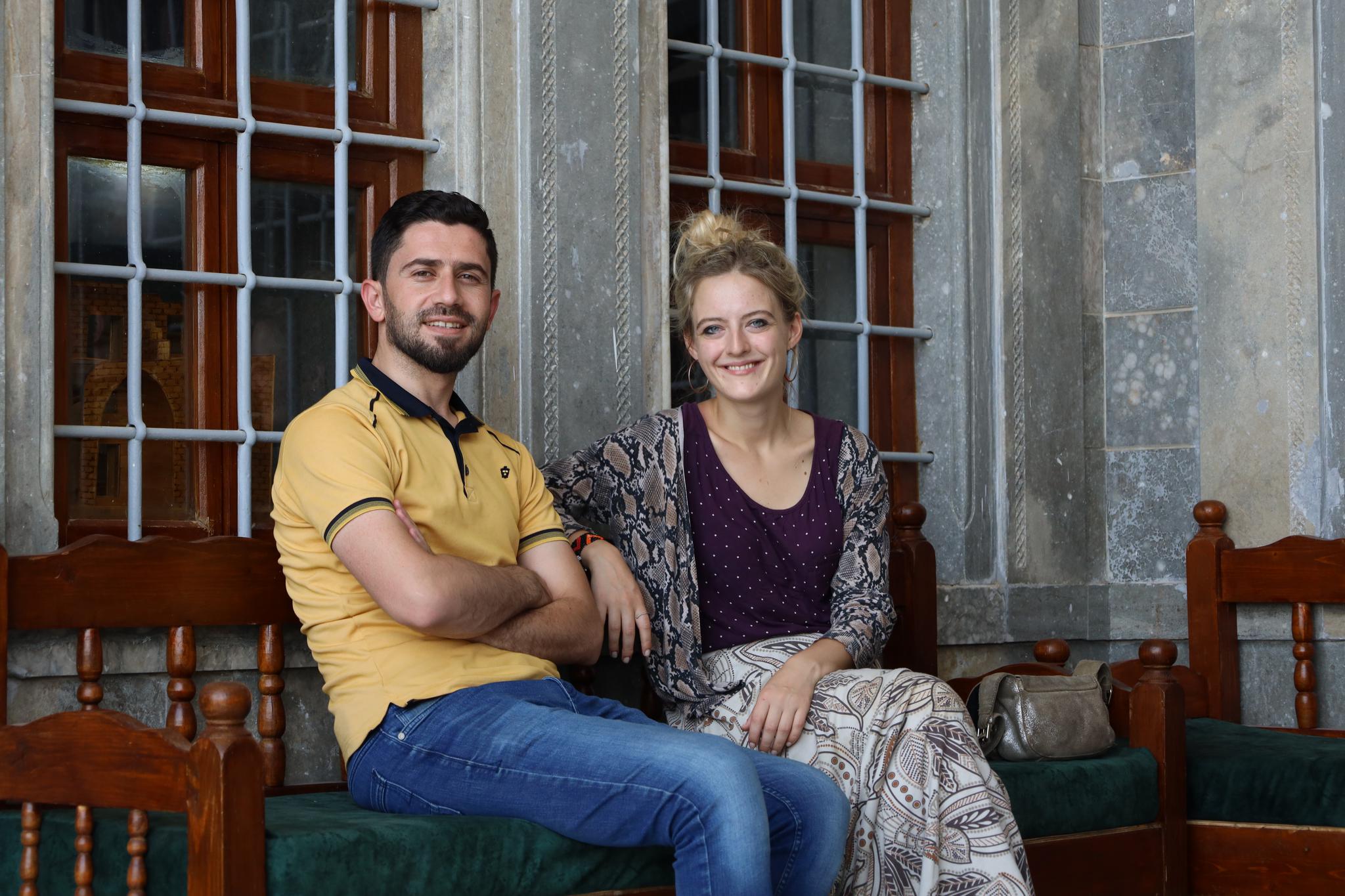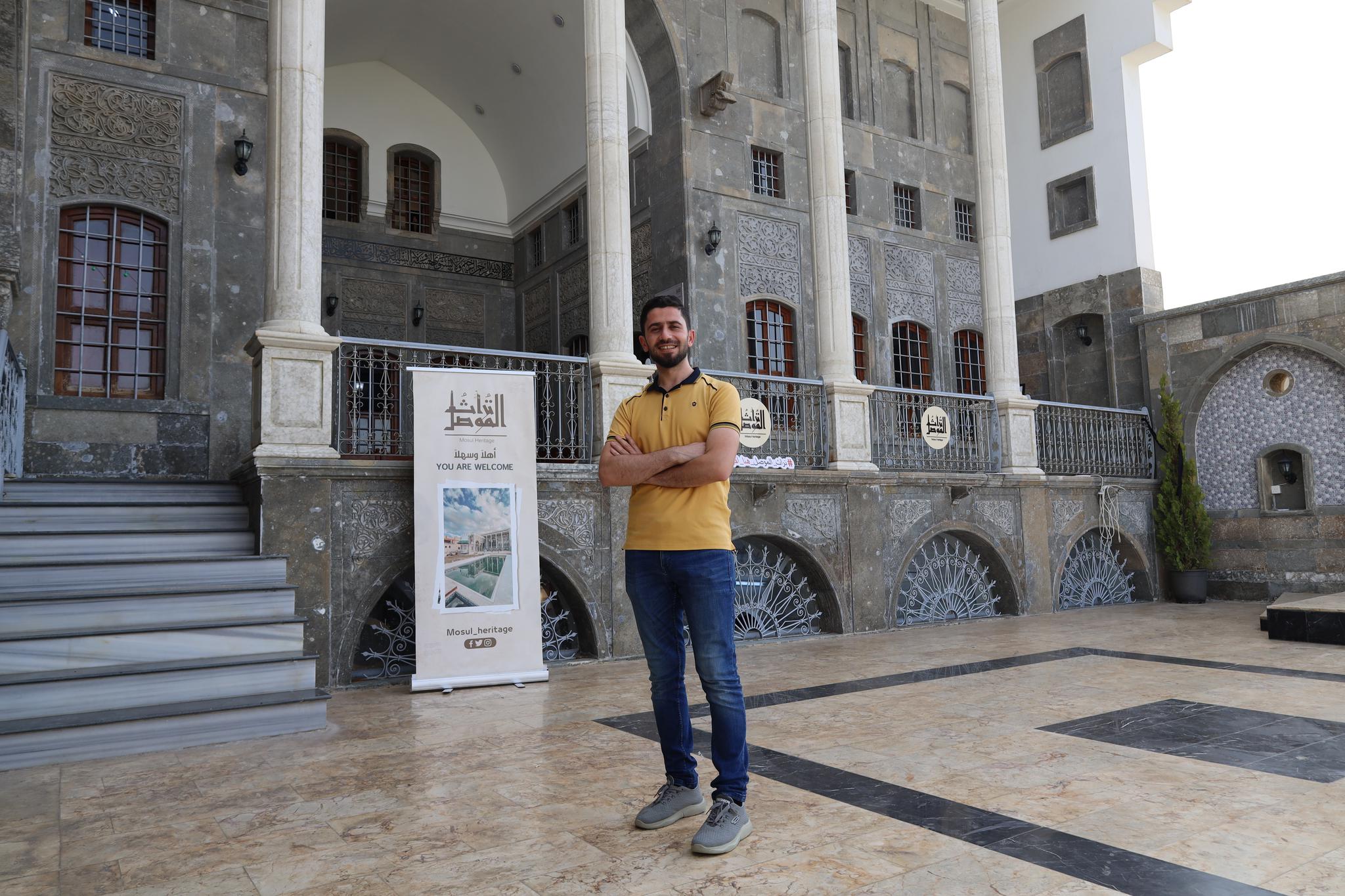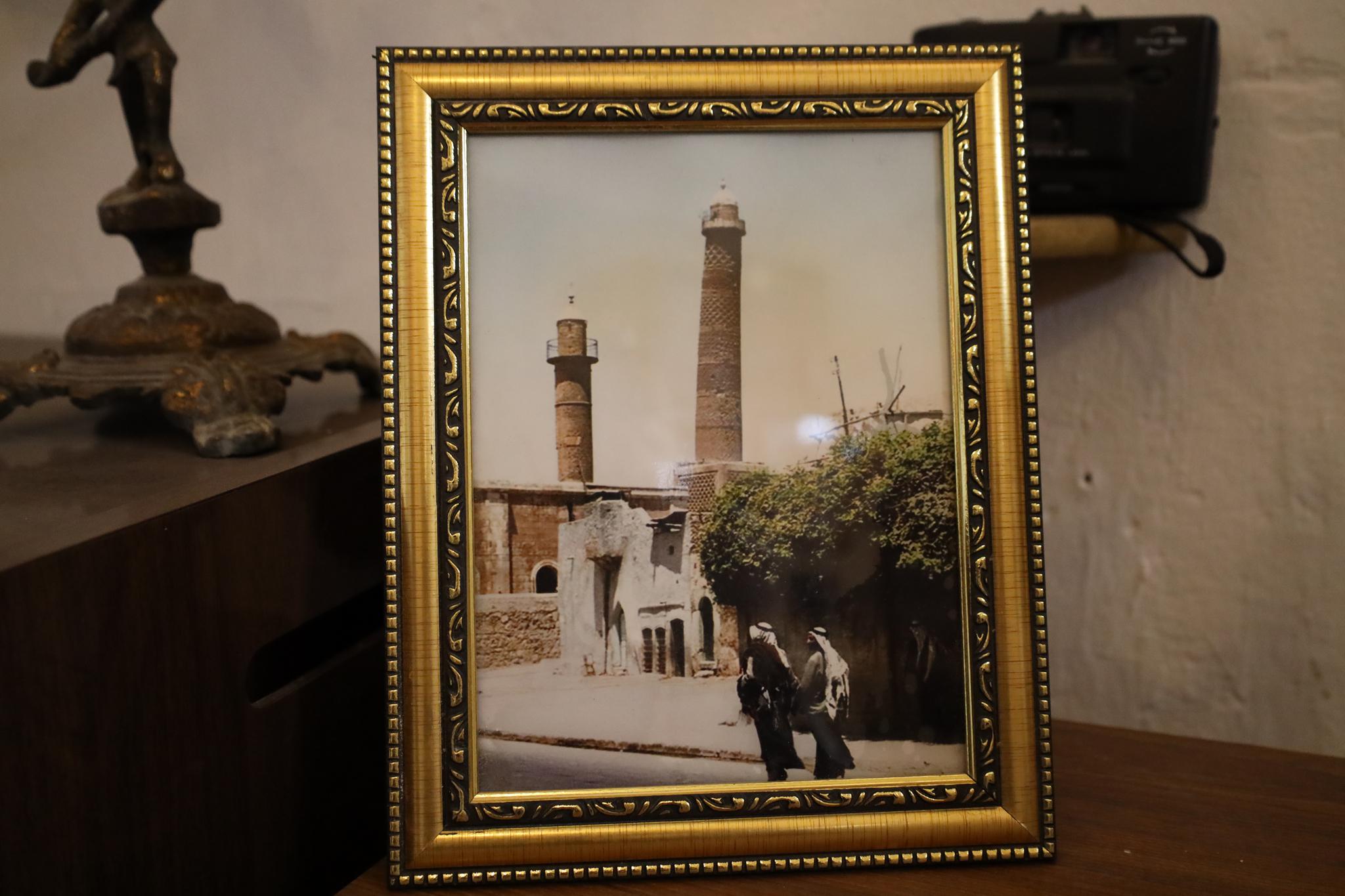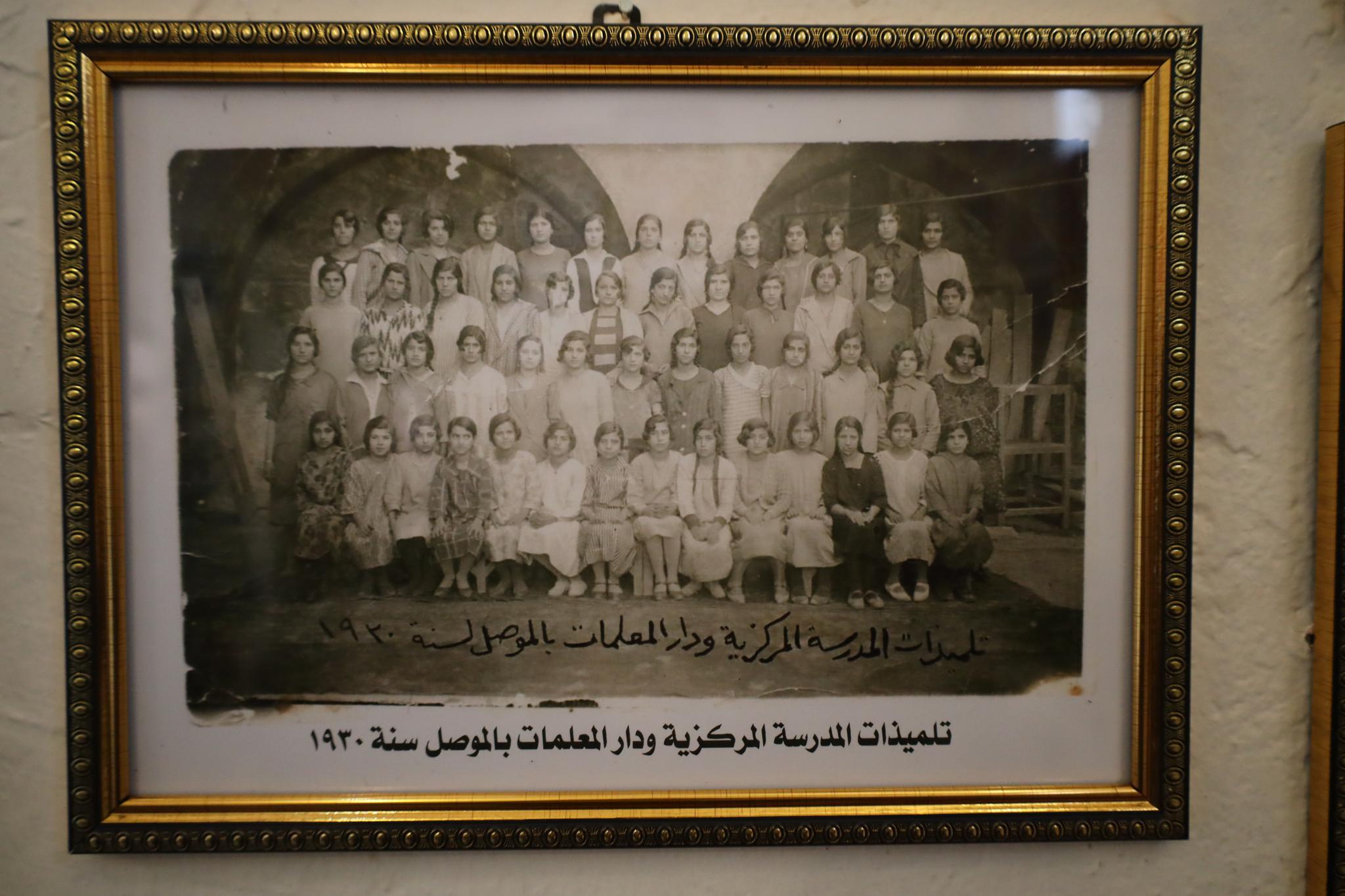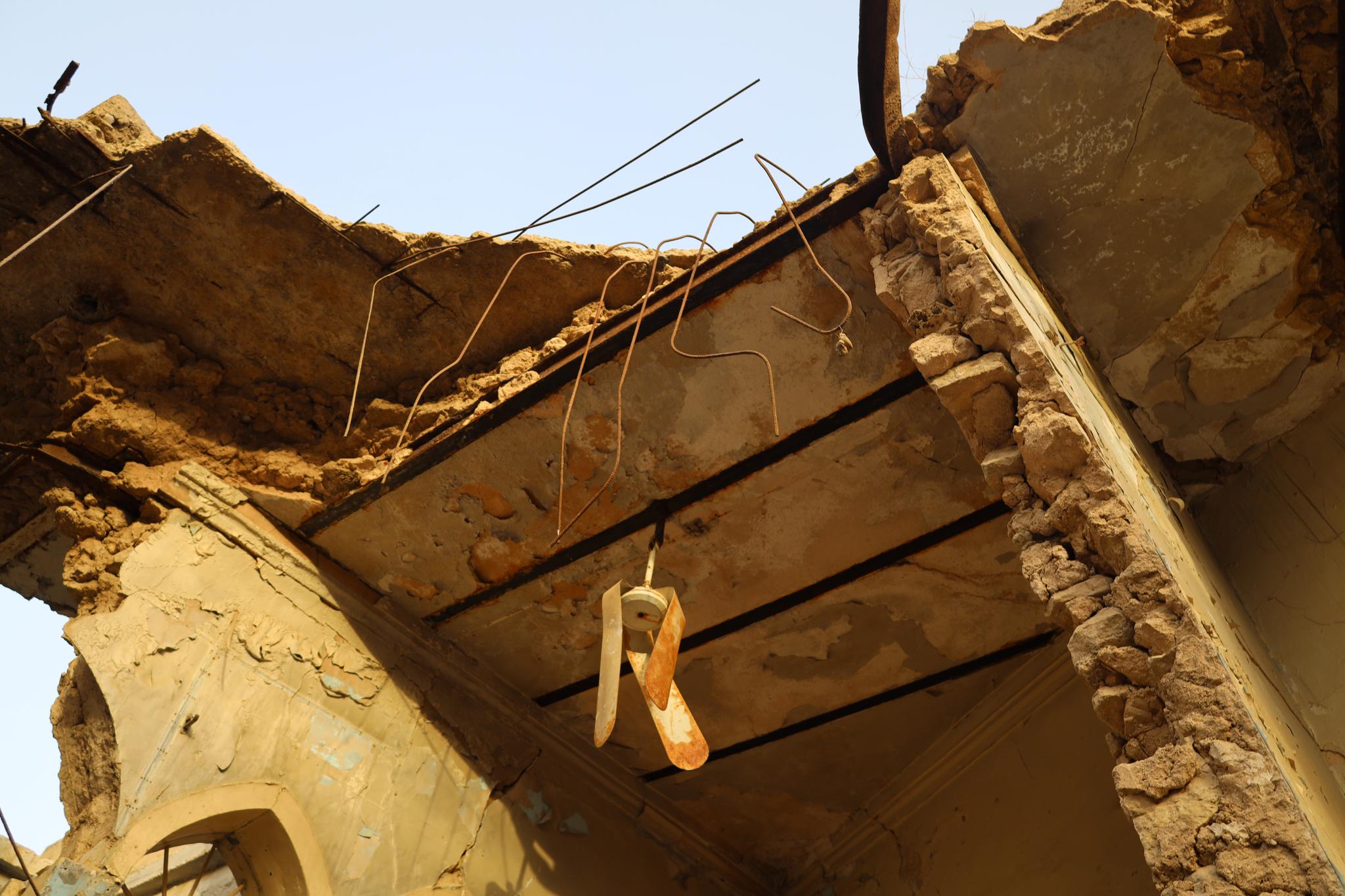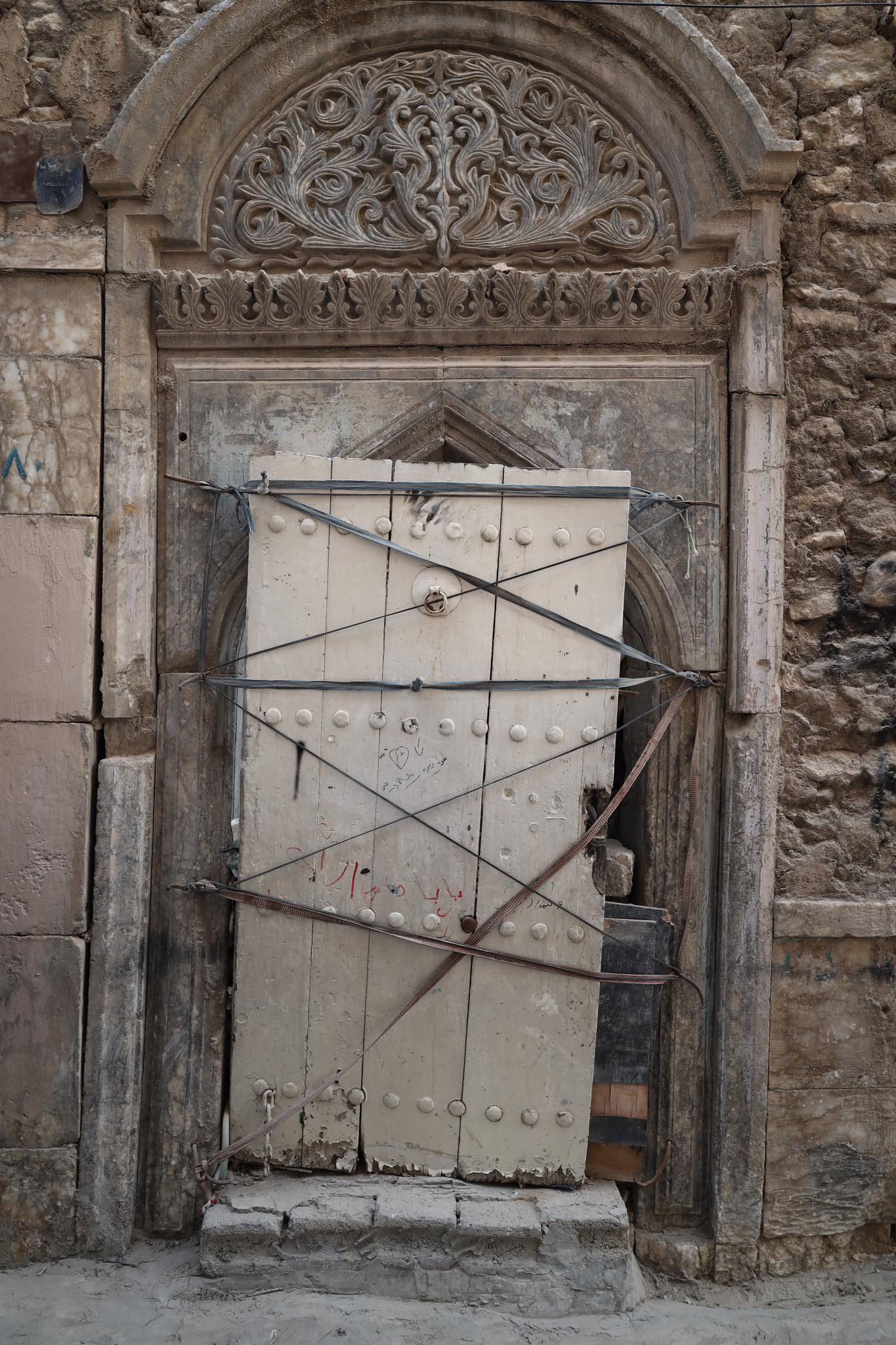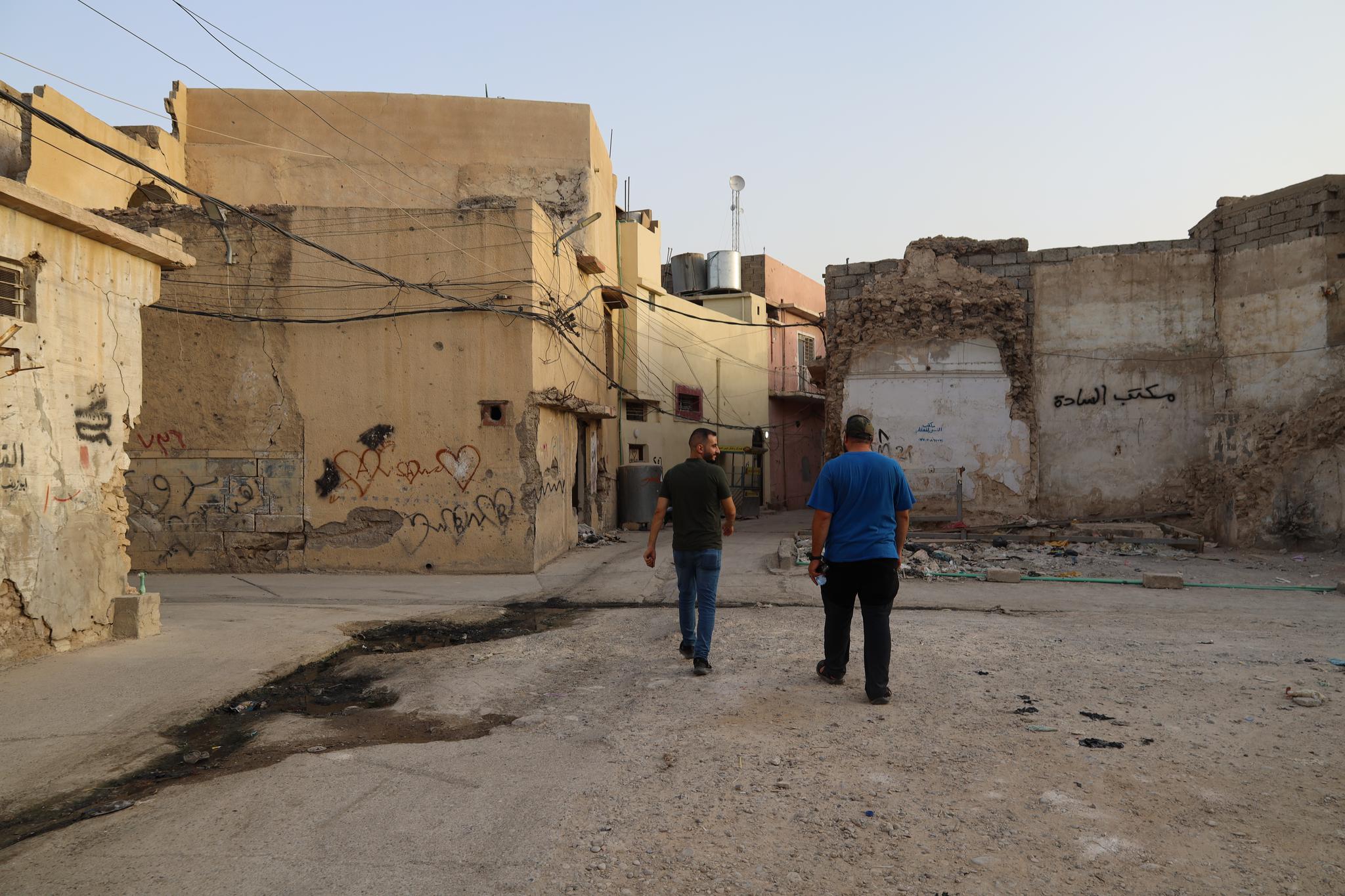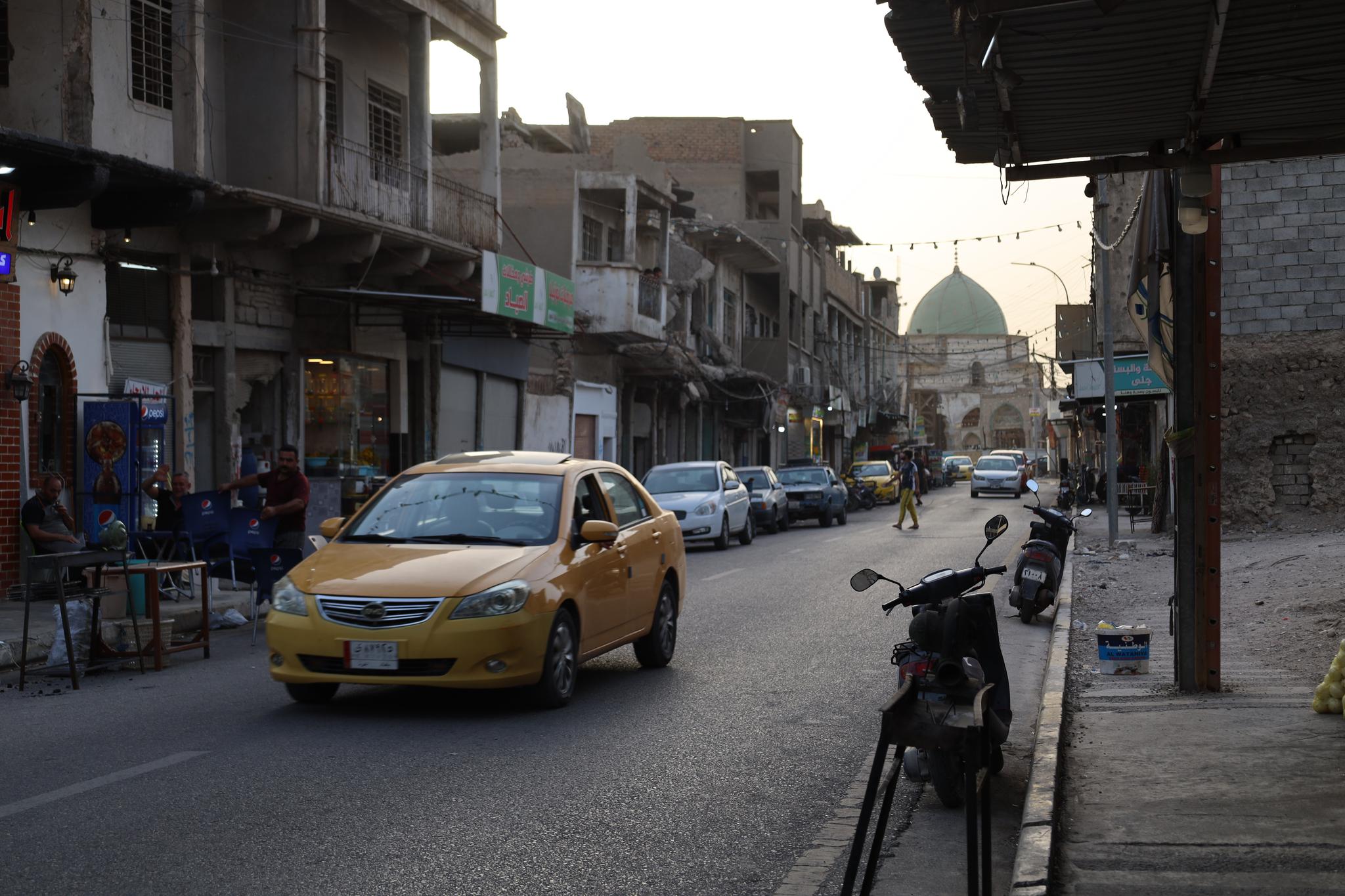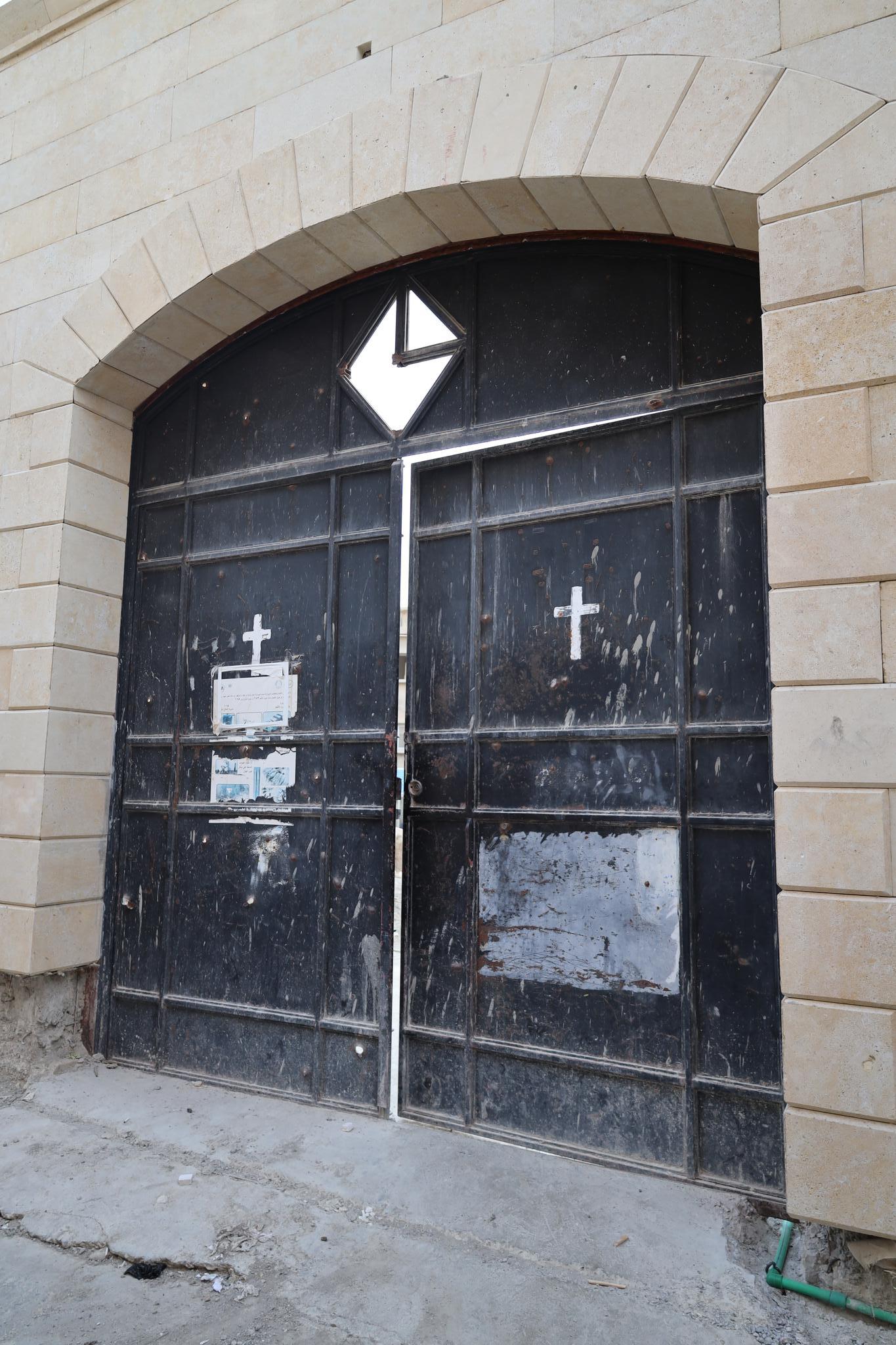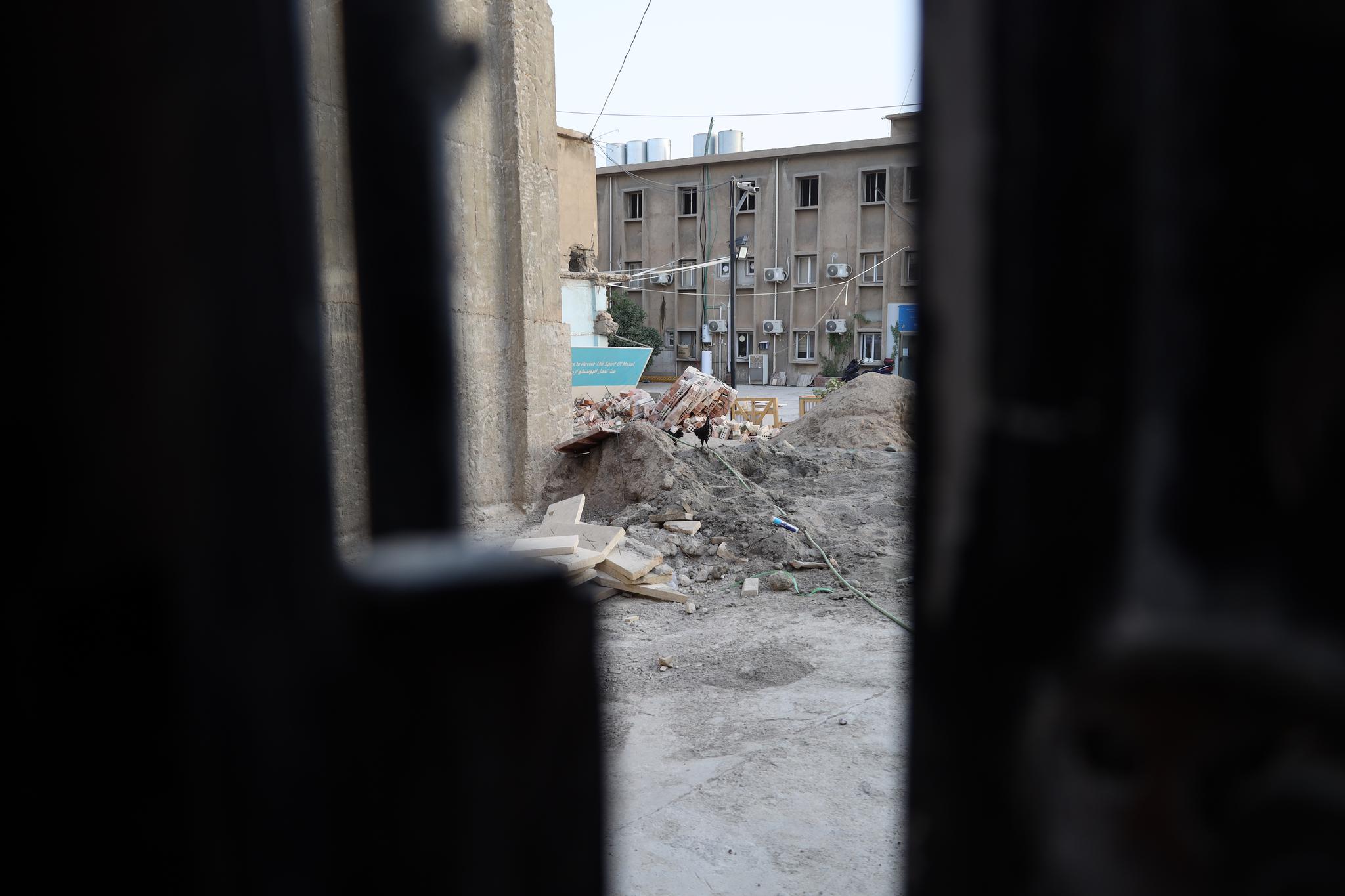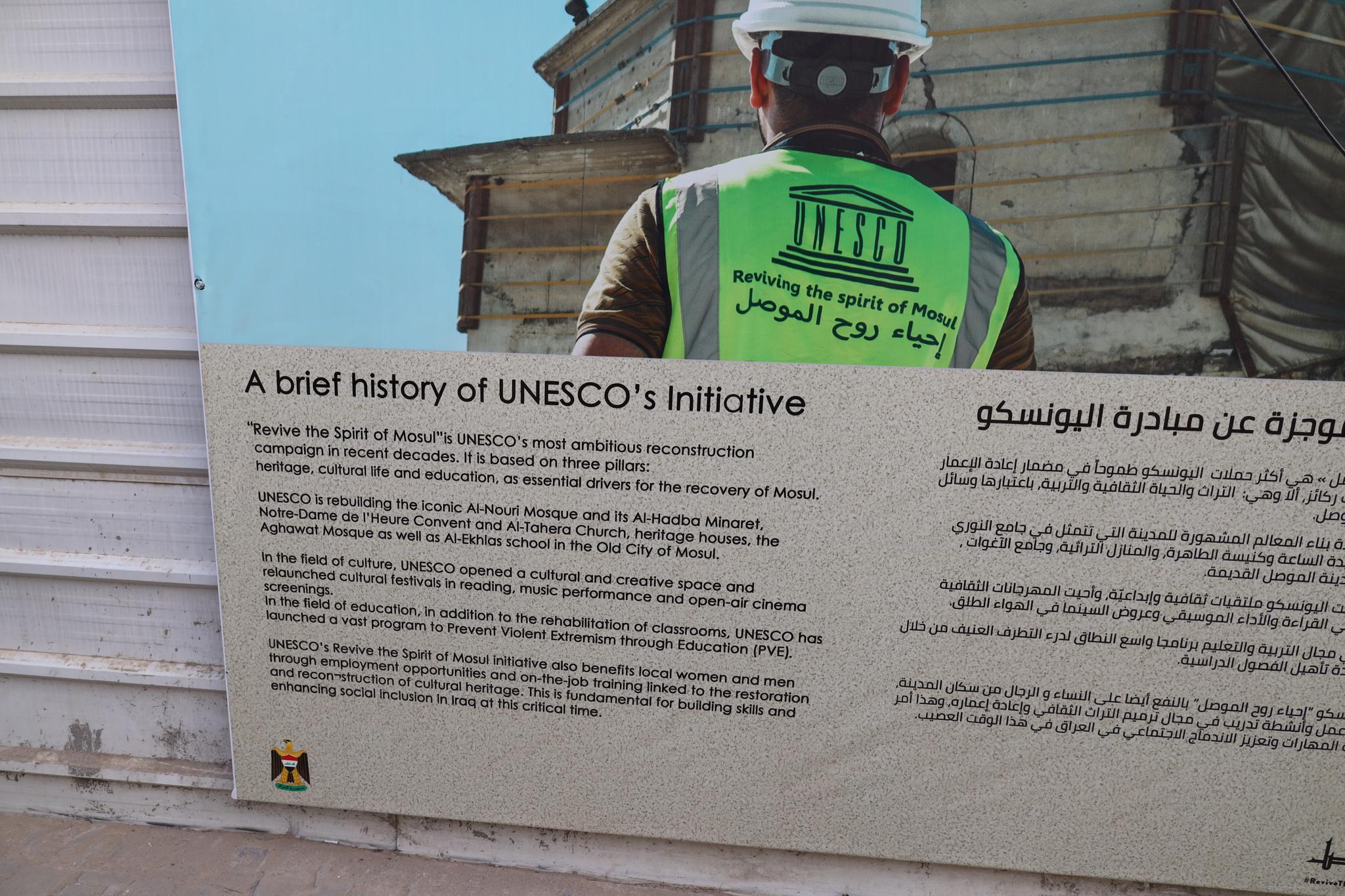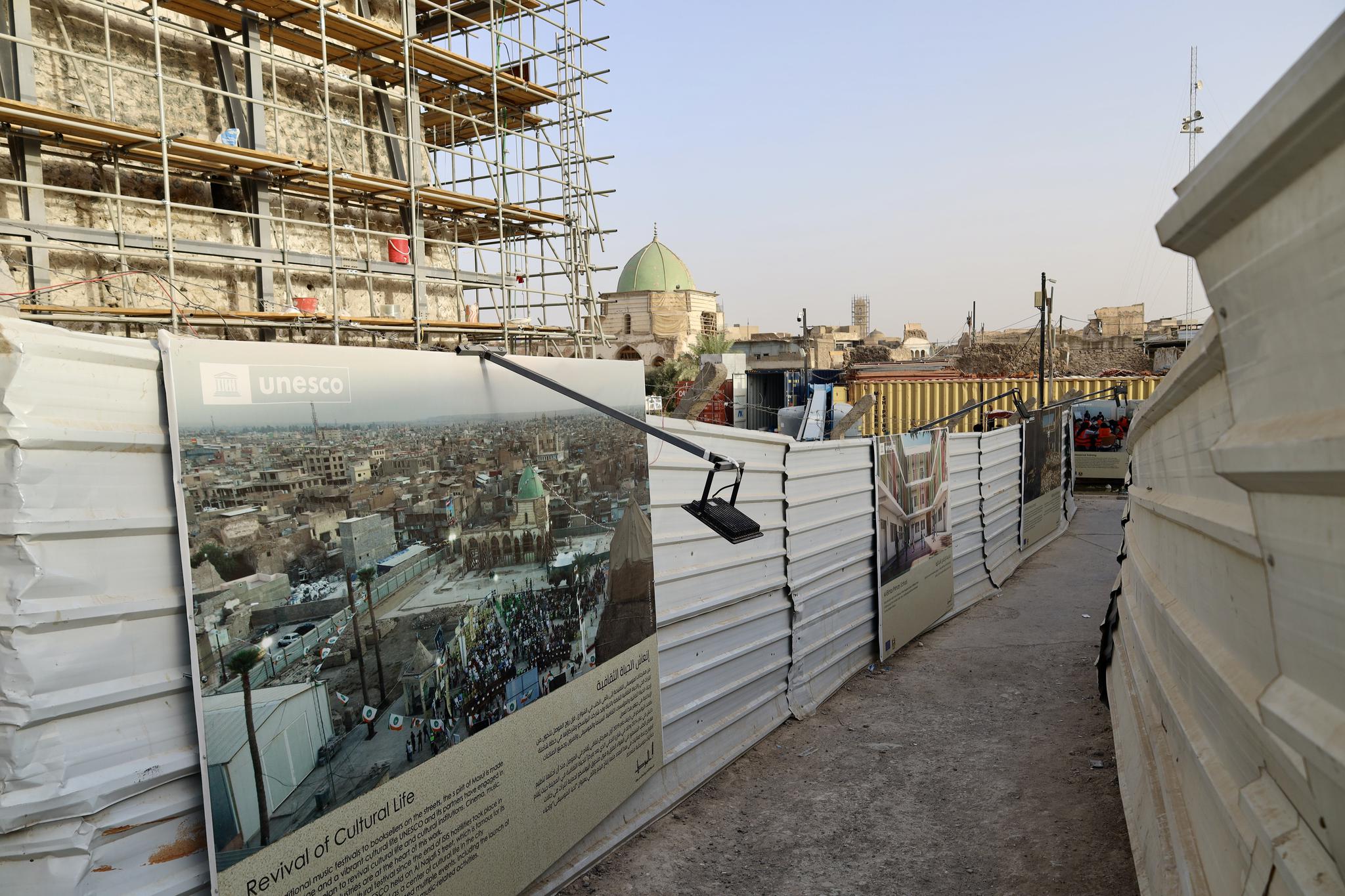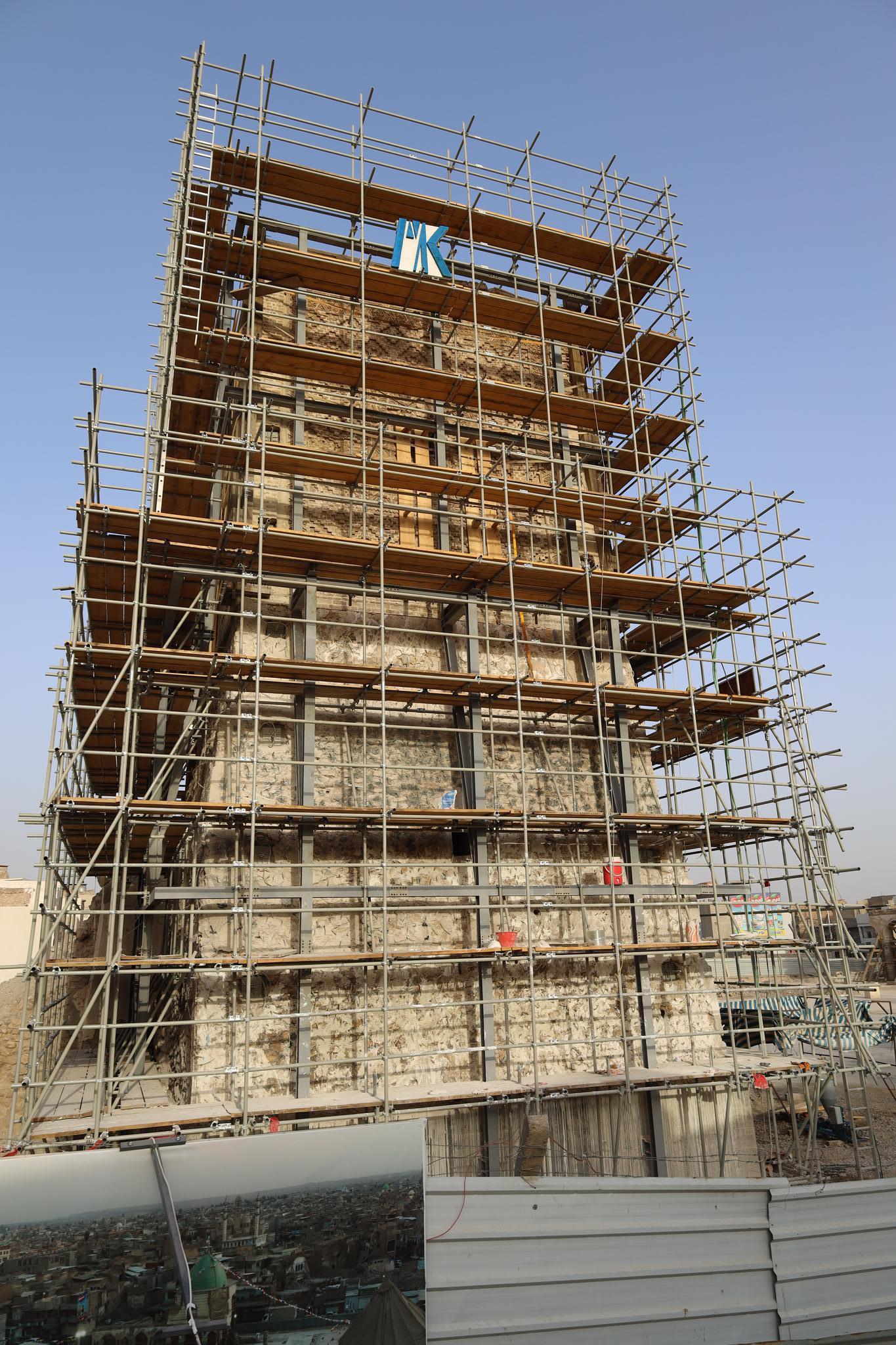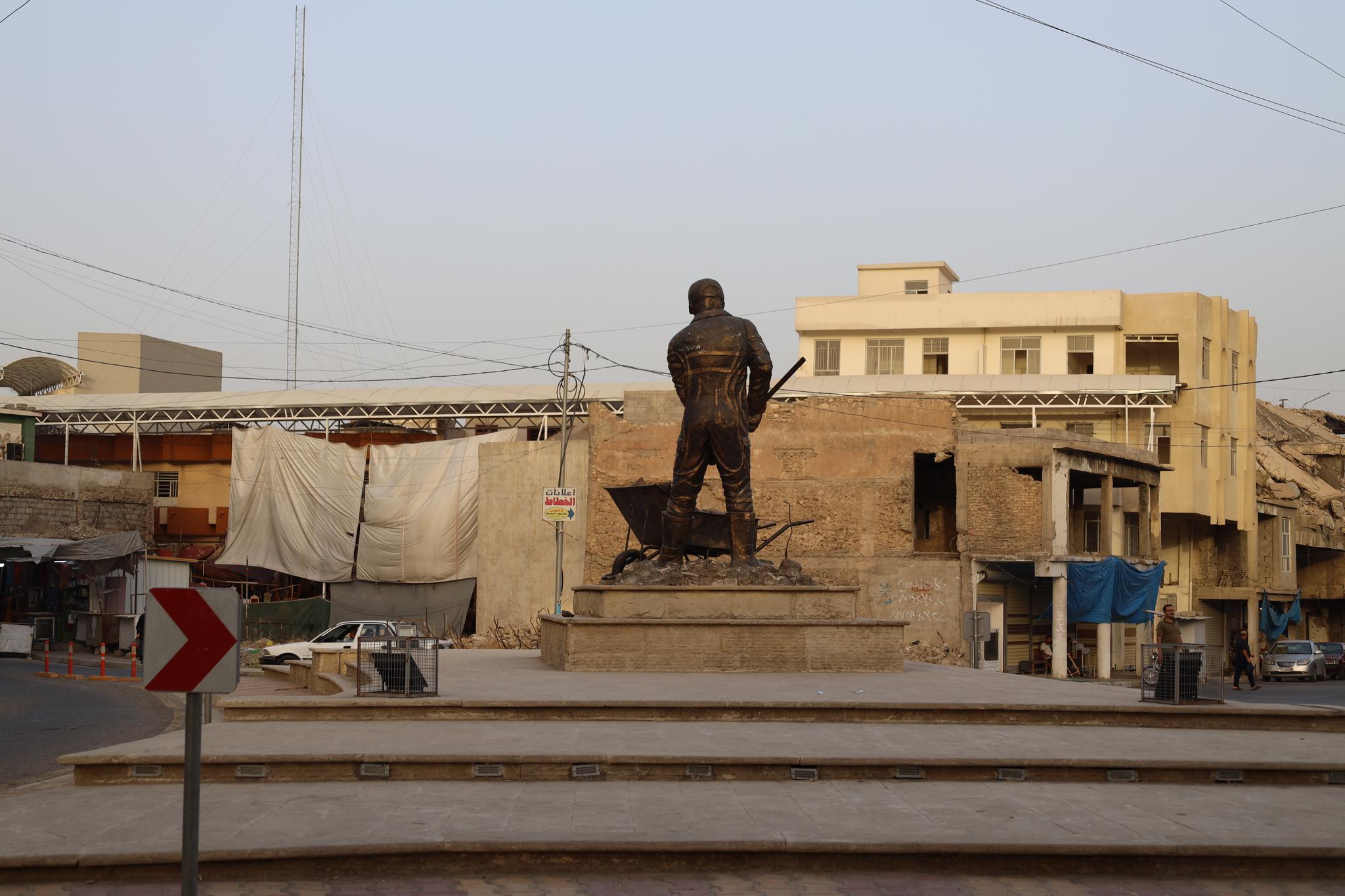Mosul: Five years after liberation
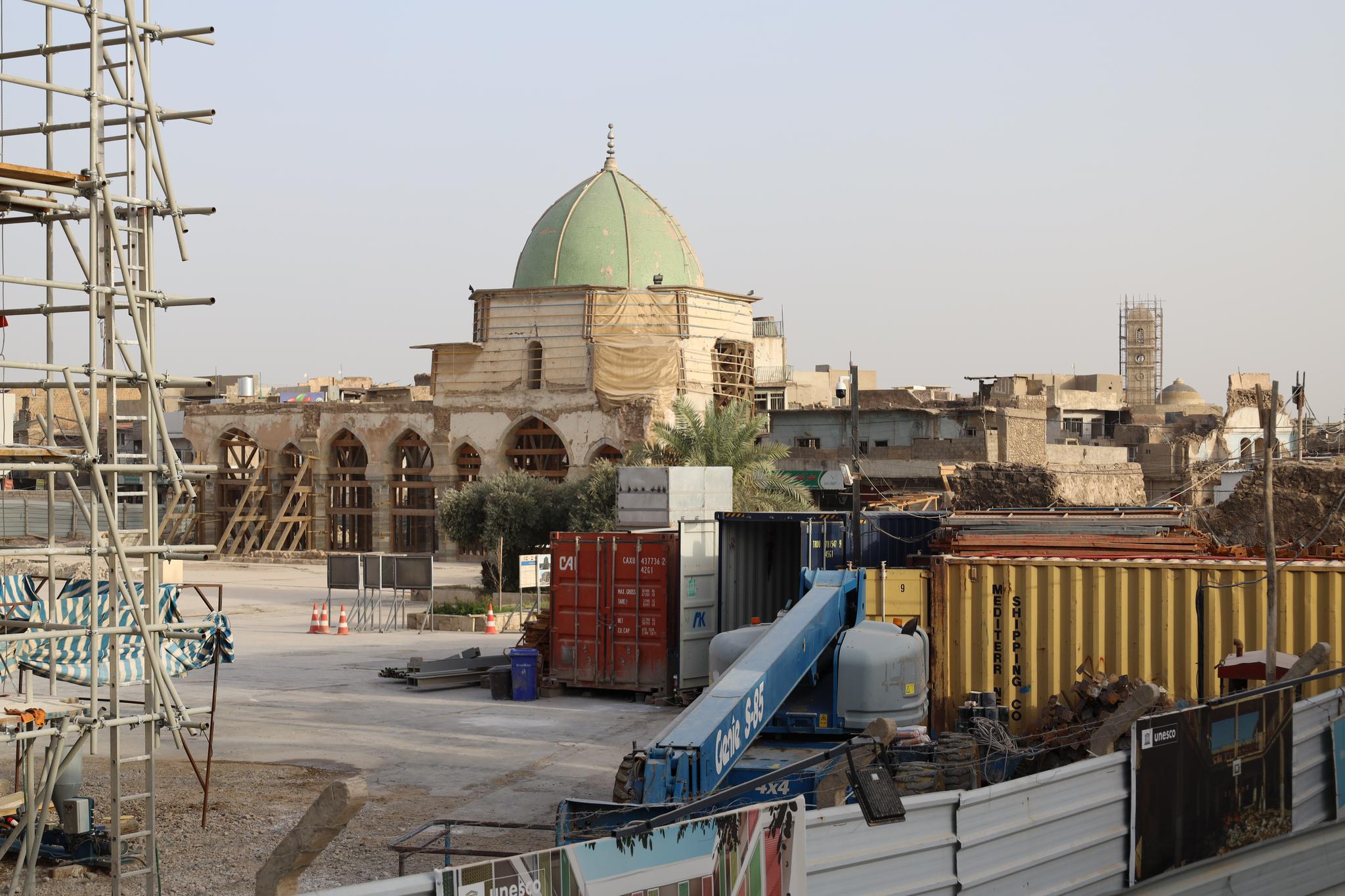
Iraq's former PM Haider al-Abadi announced the liberation of the eastern side of Mosul in January 2017. Later that year, following months of further, brutal fighting, the entire city was declared free of Islamic State fighters on July 10, after two years of occupation. Five years (and one month) on from the battle of Mosul, and eight years after Mosul fell to ISIS, much of the previous stronghold remains rubble, particularly in the Old City: 80% of which was destroyed under ISIS.
Nevertheless, small efforts and significant international support to re-fill properties in the city offer a hopeful sign of progress. A UNESCO project to revive the cultural life of Mosul, in partnership with Iraq's Culture Ministry, is working to renovate many of the destroyed properties and cultural heritage sites in the western side (at great cost... approx $105.5 million, including $50 million from the UAE and $38.5 million from the EU). Civil society organisations with far less funding, such as Mosul Eye, are planting trees and restoring beauty to many parts of the city; in the co-working space The Station, young people tap away at laptops working on creative start-up projects, although the expensive premises means they are beginning the search for a less pricey location.
Where once a walk from al-Farouk street in the centre of the Old City to the bank of the river would seem a pretty bleak tour of war, builders are increasingly spotted along the winding streets: reconstructing the iconic Al-Nouri Mosque and its towering Al-Hadba Minaret, Our Lady of the Hour Church (Église Notre-Dame de l'Heure) where young ISIS recruits once trained in the basement, along with the Al-Tahera Church, Aghawat Mosque and the Al-Ekhlass school. UNESCO say their restoration initiative has so far created 3,152 local jobs, with 30% of their Iraqi engineers women, and rehabilitated (or at least begun the process of rehabilitating) 124 historic residential houses along two kilometres of the Old City's alleys.
Increasing numbers of buildings and private ventures, too, are presenting the extraordinary heritage of Mosul to a growing audience: most recently, the Mosul Heritage Museum - opened on June 15, 2022 - on the banks of the Tigris, overlooking the construction of the fourth bridge. Free to all who wish to enter, the museum is a collaborative project between Mosul Heritage's Ayoob Thanoon, 30, and Osama Abdulgade Al-Erhayeem, the owner of the property housing the museum, who died last year.
Perhaps the most encouraging aspect of the museum - aside from the cool use of technology, and visiting Hatra (finally! along with four other sites) from behind a VR-set - is the amount of historical items donated by local Mosulites. The pace of the city's reconstruction is still slow by any measure, but the pride in the city and the kindness of its residents is most remarkable.
Images from 10/08/22, taken by Meethak Al-Khatib:
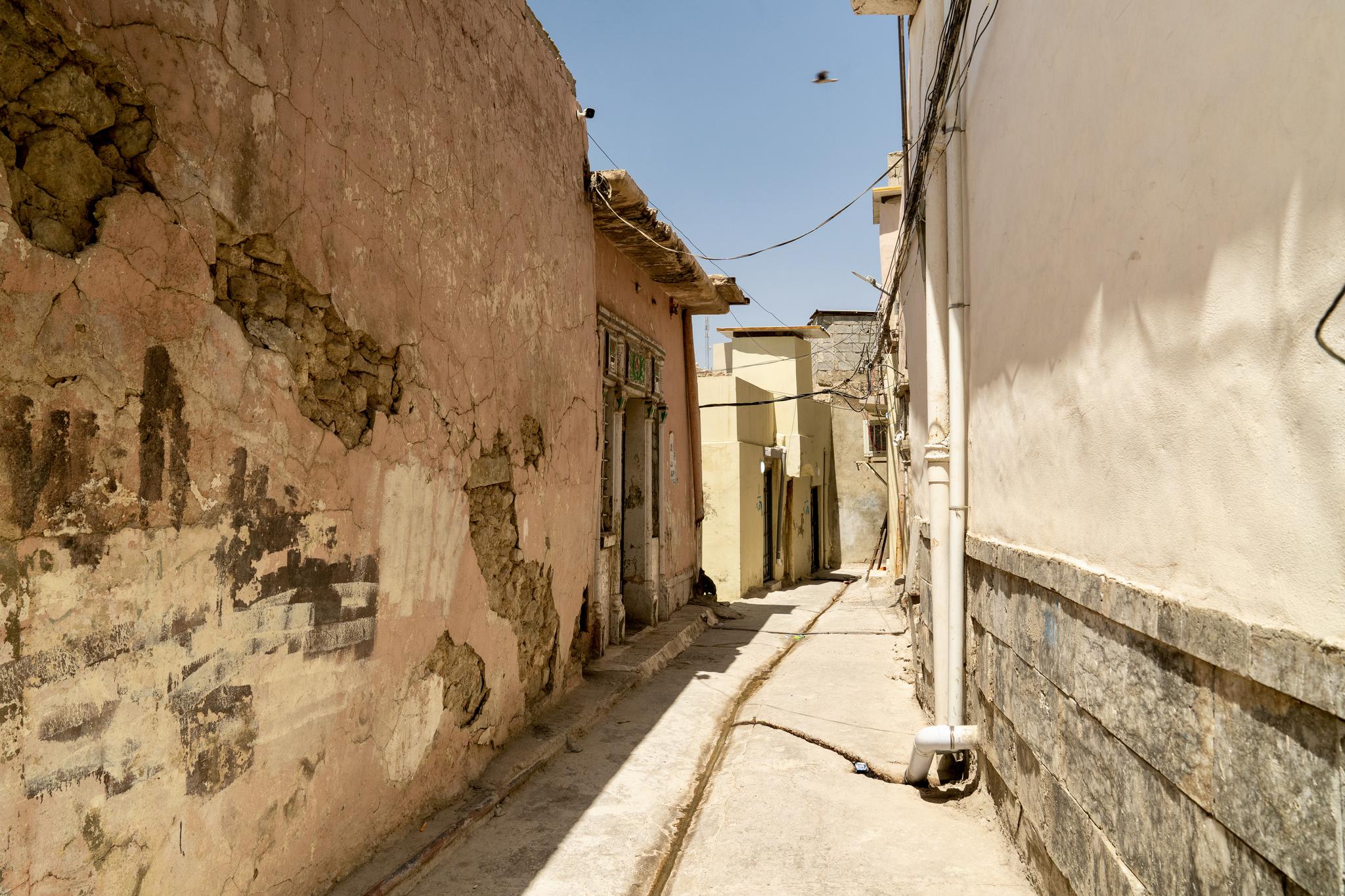
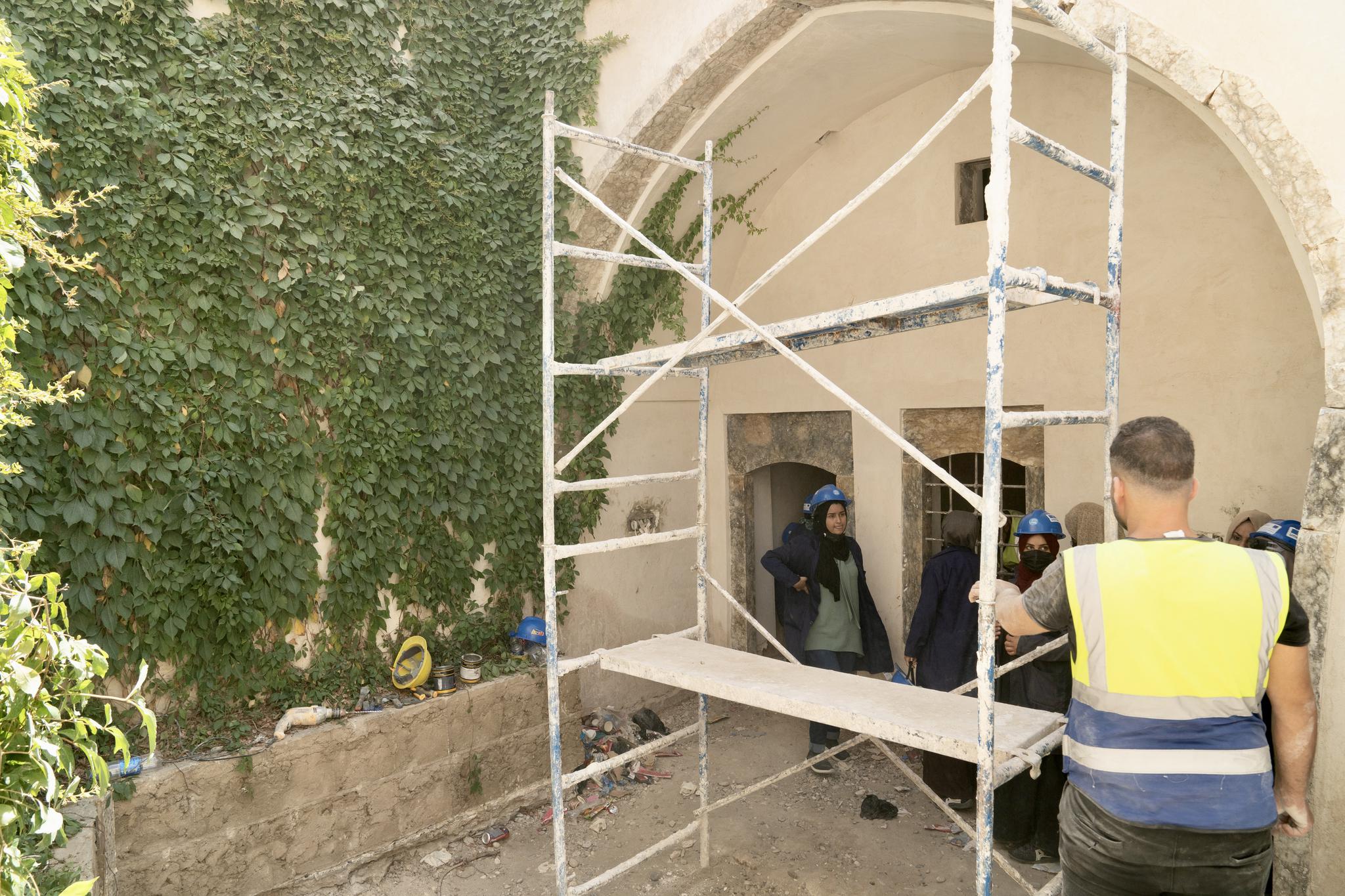
Images from 14/08/22, taken by Alannah Travers:
